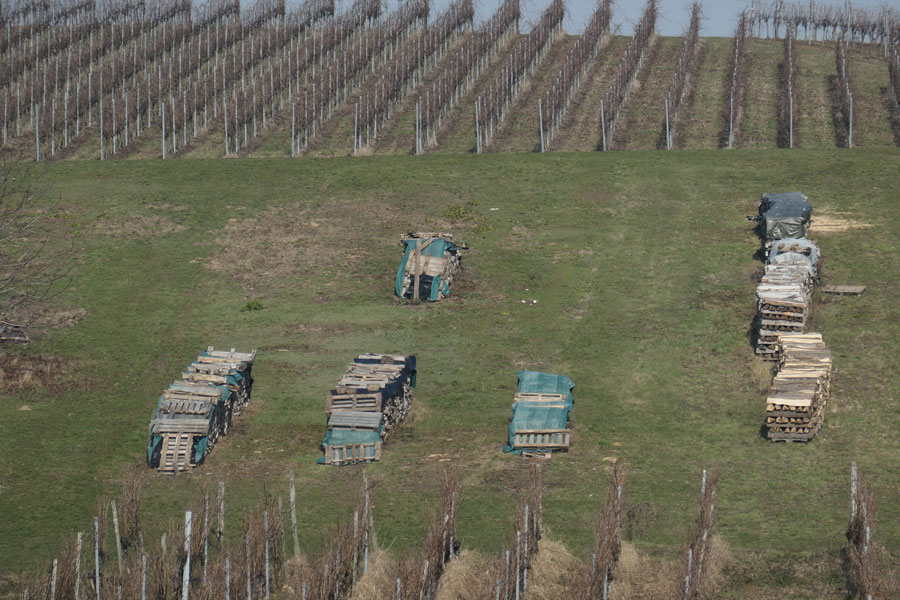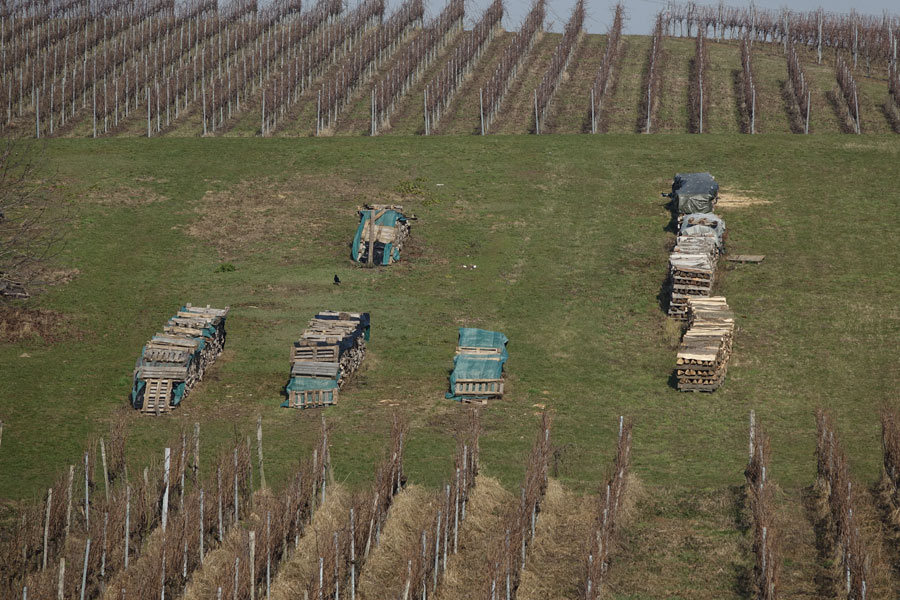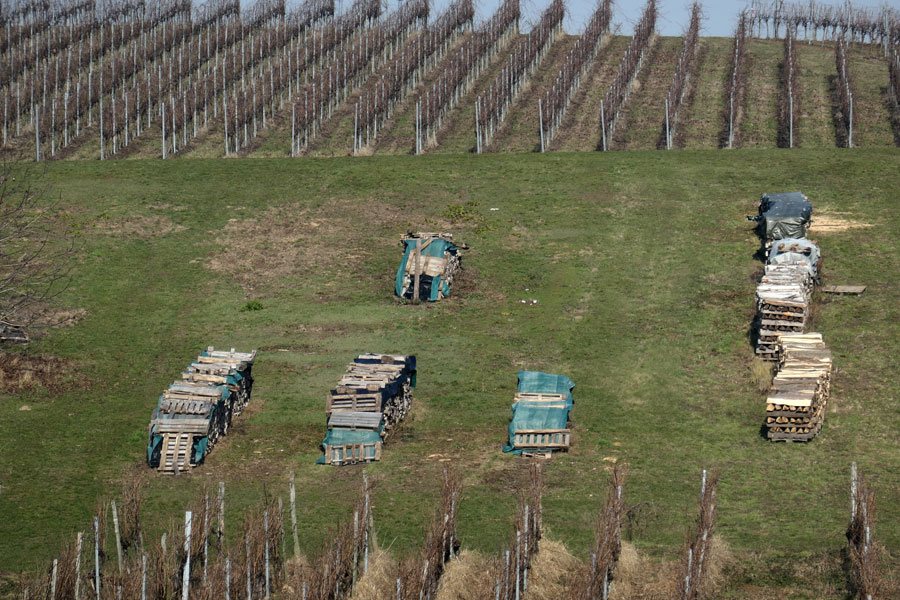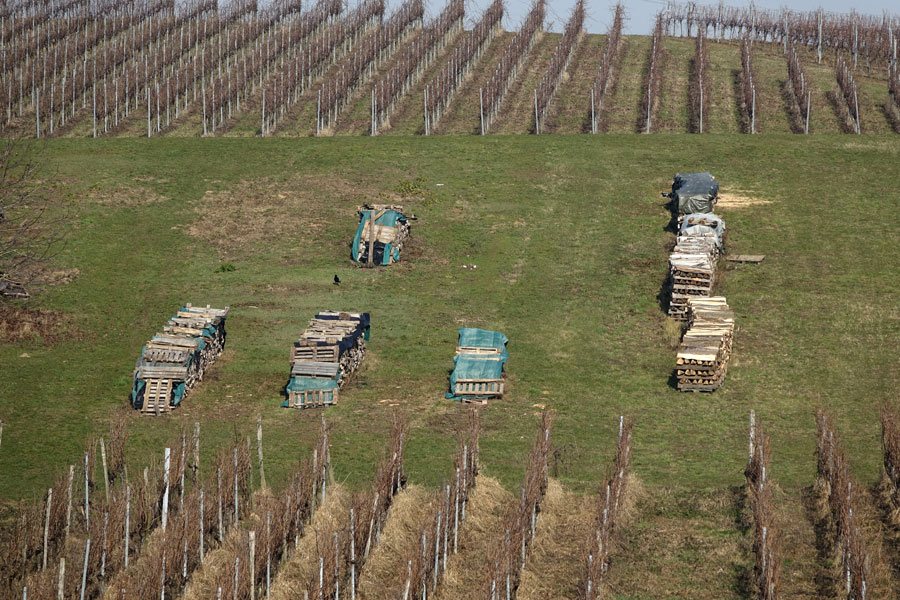Panasonic TZ202: JPG Samples from ISO 125 to 1600 Compared with Sony RX10 M3
Introduction: Photo Style | Test Photos - Photo Style = Standard | Test Photos - Photo Style = Contrast +2, Sharpness +2, Noise Reduction -5 | Test Photos - Photo Style = Contrast +2, Sharpness +2, Noise Reduction -5, Autocontrast | Conclusions | References
On this page, I compare the "basic" image quality of my Panasonic TZ202 with that of my Sony RX10 M3. Since I experimented with the Photo Style settings on the TZ202 in order to improve matters and also make the look of the photos more similar to those of my Sony RX100 M4, which look much better, I not only compare the standard Photo Style settings with the standard settings of the RX10 M3, but also my "changed" Photo Stylesettings (contrast +2, charpness +2, noise reduction -5).
Introduction
It is not easy to find motifs where you can demonstrate how details get lost due to noise reduction at higher ISO values. Grass seen from a distance seems, according to my experience, to be a motif which is quite suitable for such purposes. It was, however, unclear to me, whether such photos are also usable for detecting differences in the compression modes. I therefore decided to simply use the "Fine" JPG compression mode for both cameras.
Test Photos - Photo Style = Standard
For these tests, I took more or less identical photos of the same scene:
Click the photo sections to open 100% versions of them in a new window. The original photos can be downloaded by clicking the links below the sections.
Section 1
Panasonic TZ202 |
Sony RX10 M3 |
|
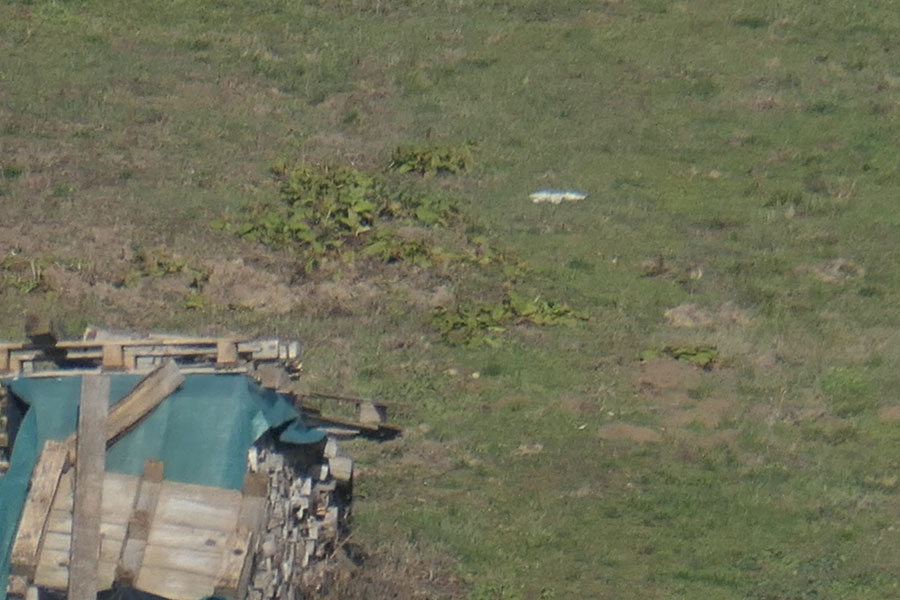 |
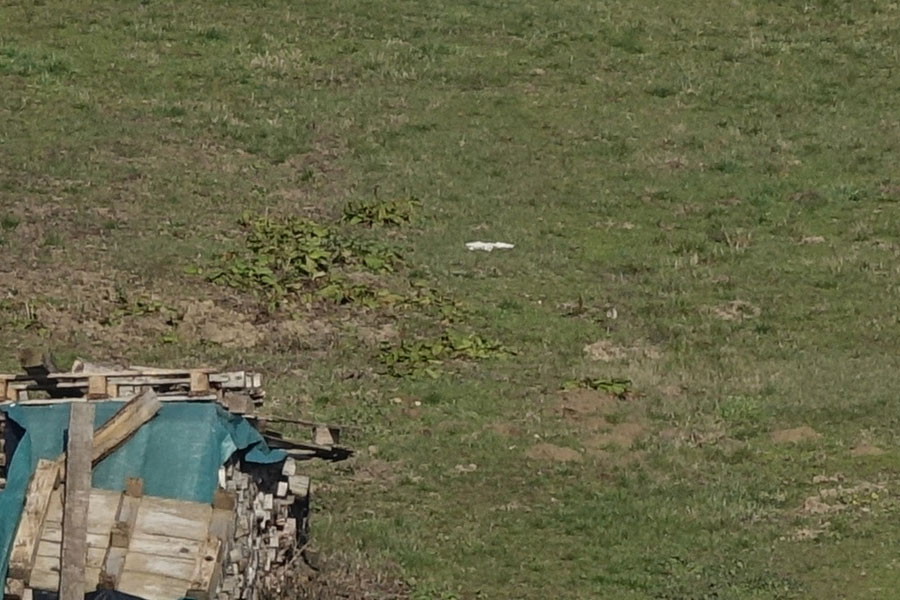 |
|
ISO 125 (original) |
ISO 125 (original) |
|
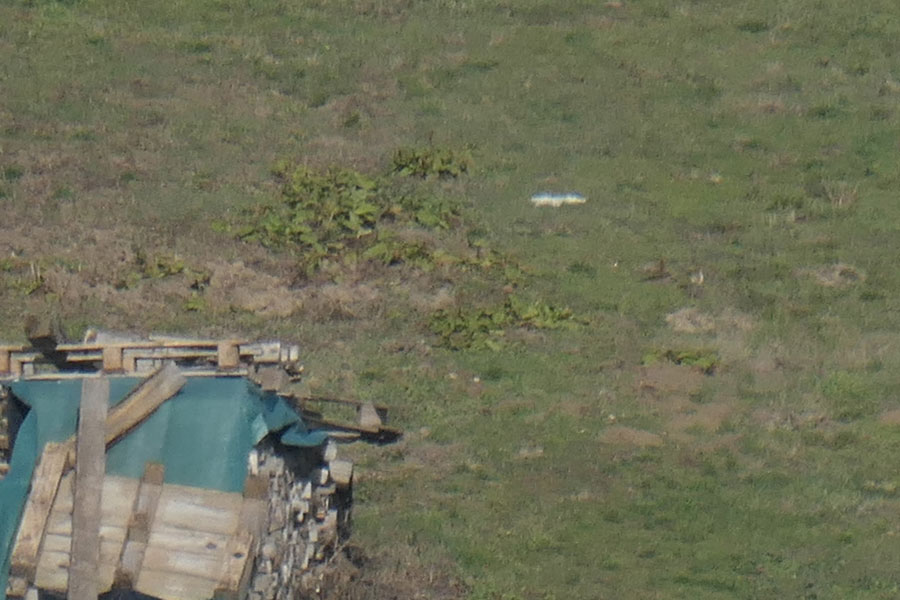 |
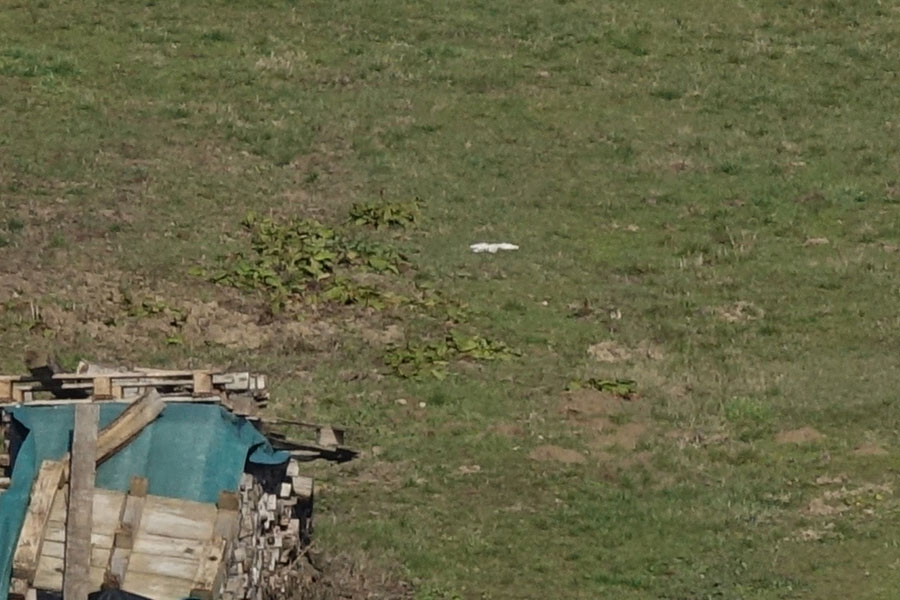 |
|
ISO 200 (original) |
ISO 200 (original) |
|
 |
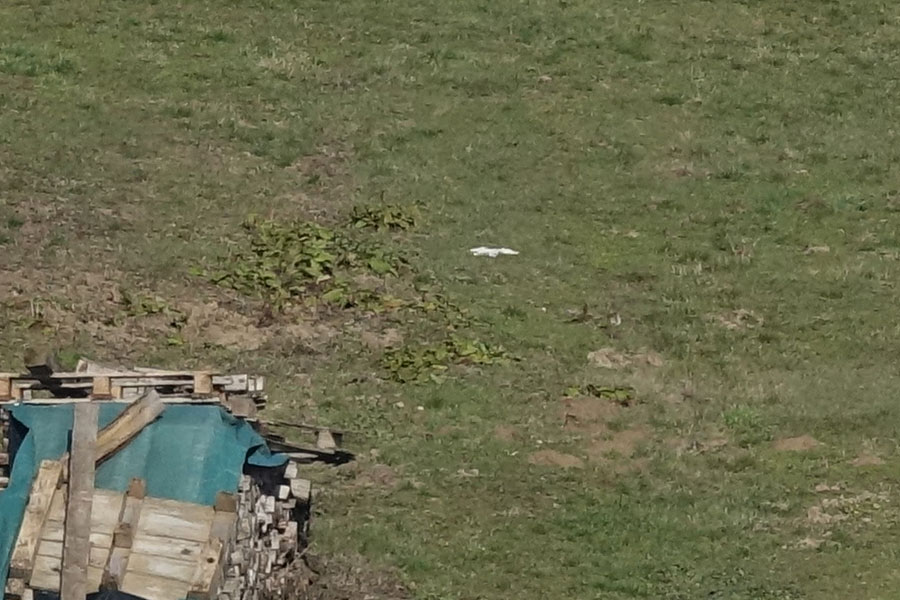 |
|
ISO 400 (original) |
ISO 400 (original) |
|
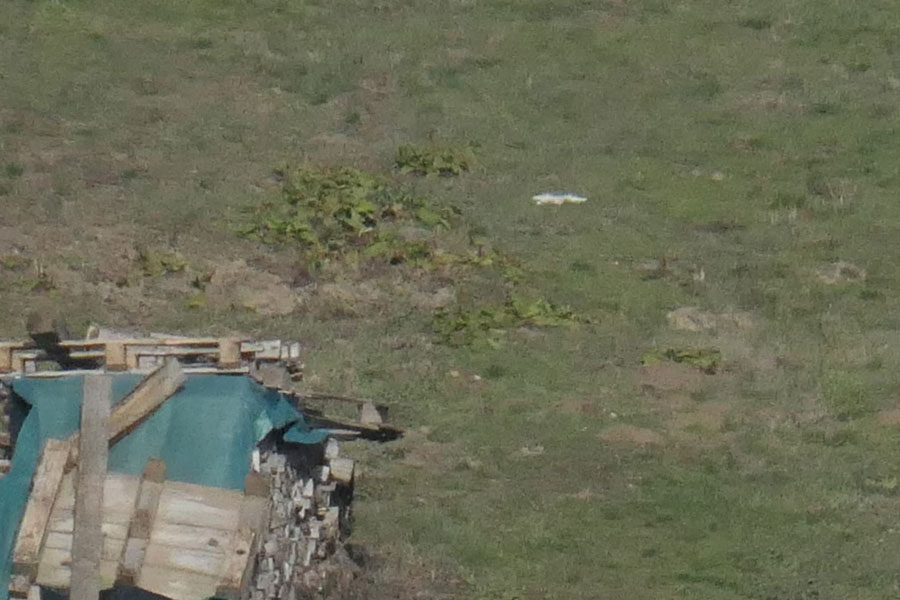 |
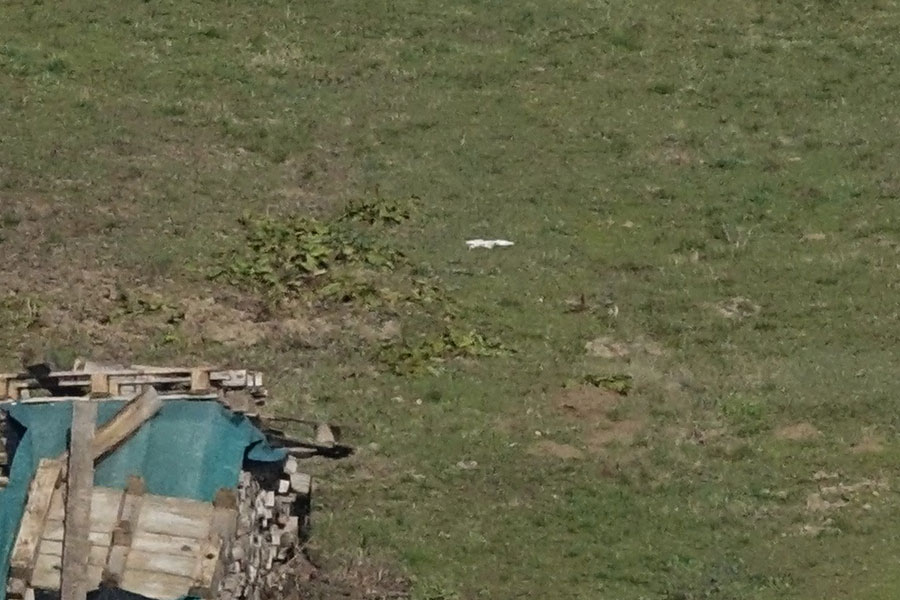 |
|
ISO 800 (original) |
ISO 800 (original) |
|
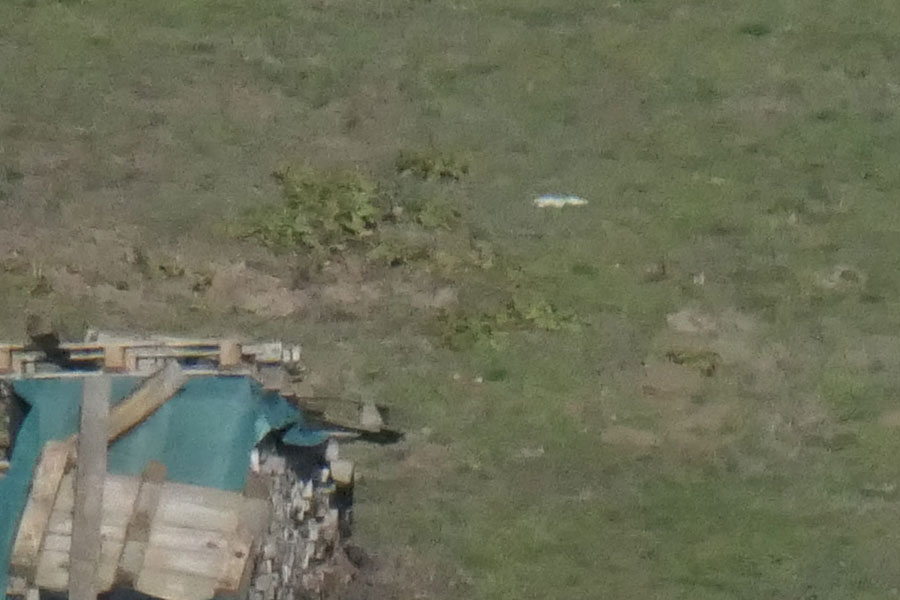 |
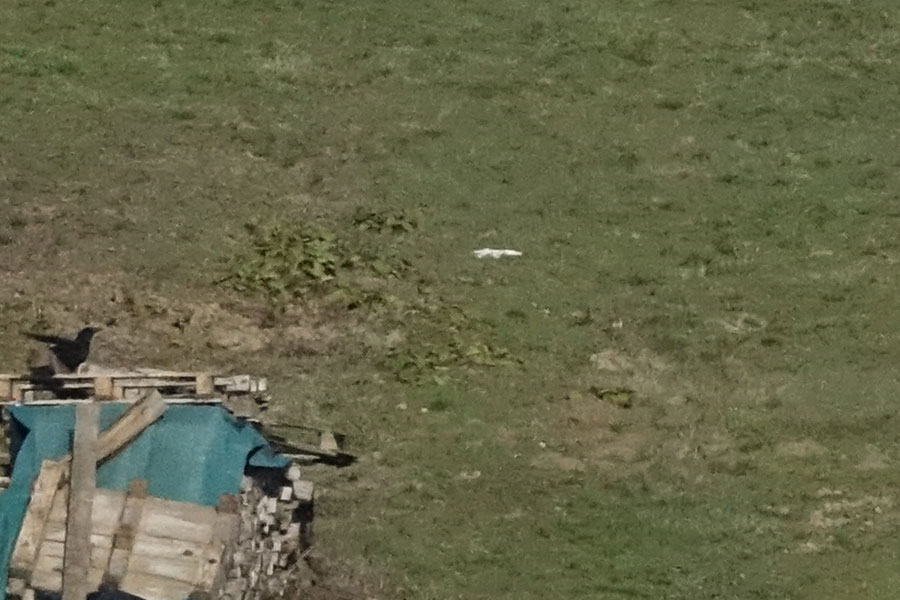 |
|
ISO 1600 (original) |
ISO 1600 (original) |
Section 2
Panasonic TZ202 |
Sony RX10 M3 |
|
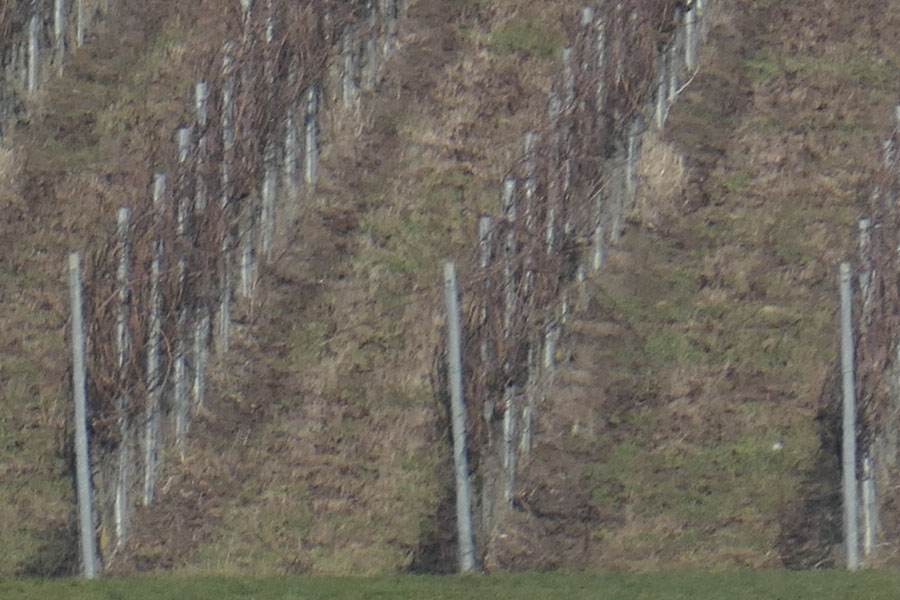 |
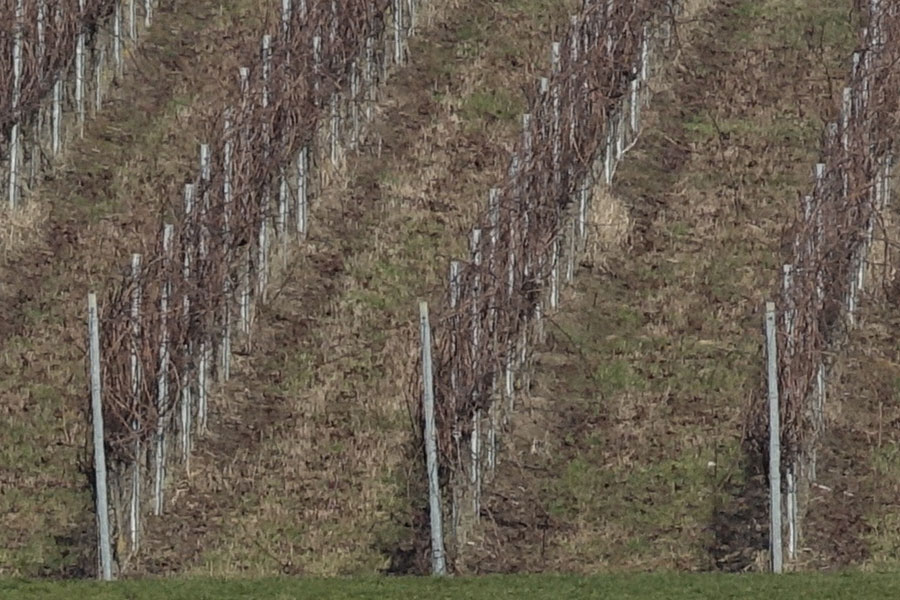 |
|
ISO 125 (original) |
ISO 125 (original) |
|
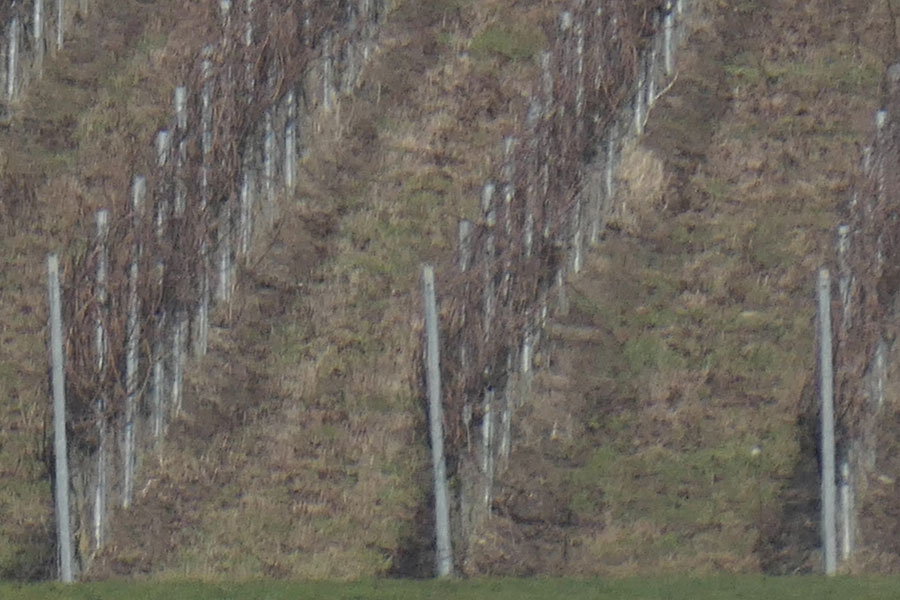 |
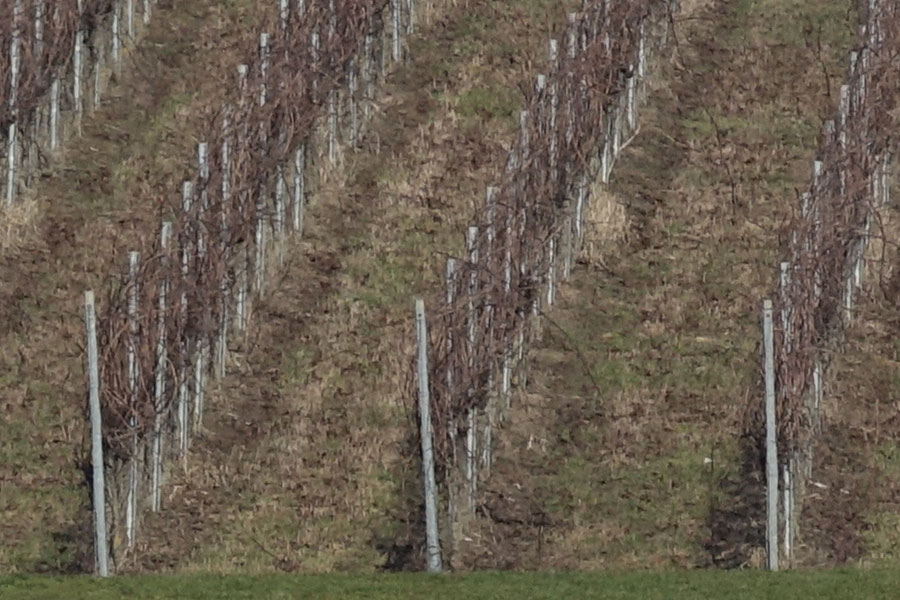 |
|
ISO 200 (original) |
ISO 200 (original) |
|
 |
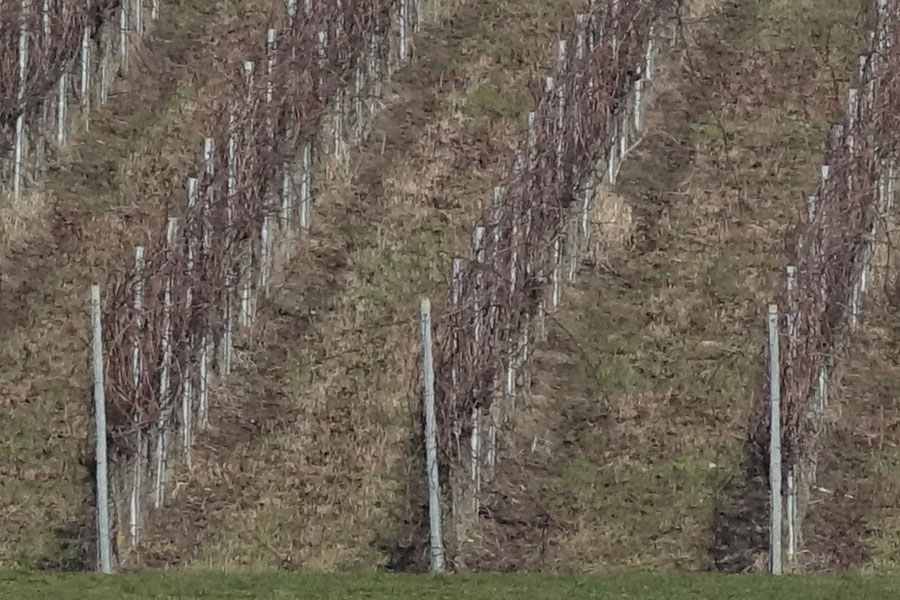 |
|
ISO 400 (original) |
ISO 400 (original) |
|
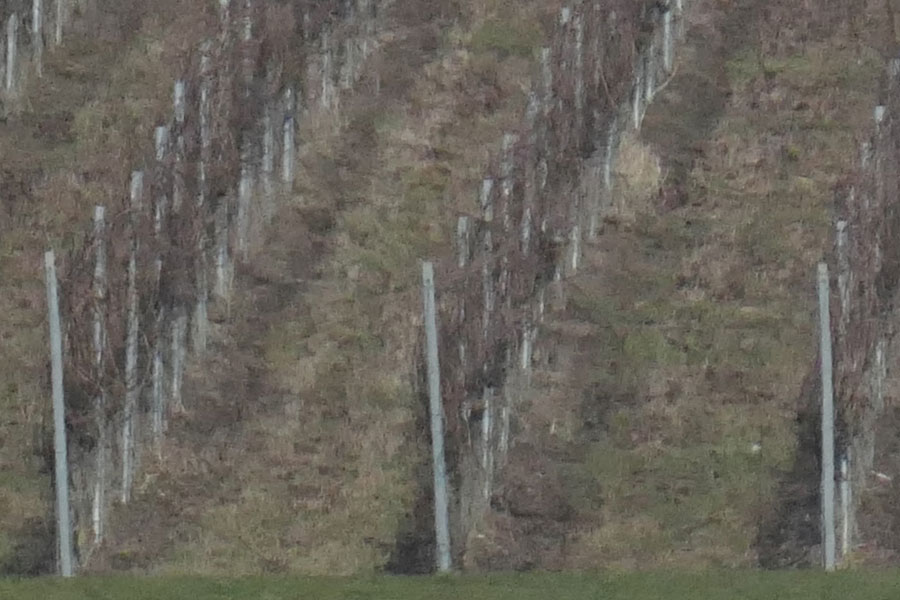 |
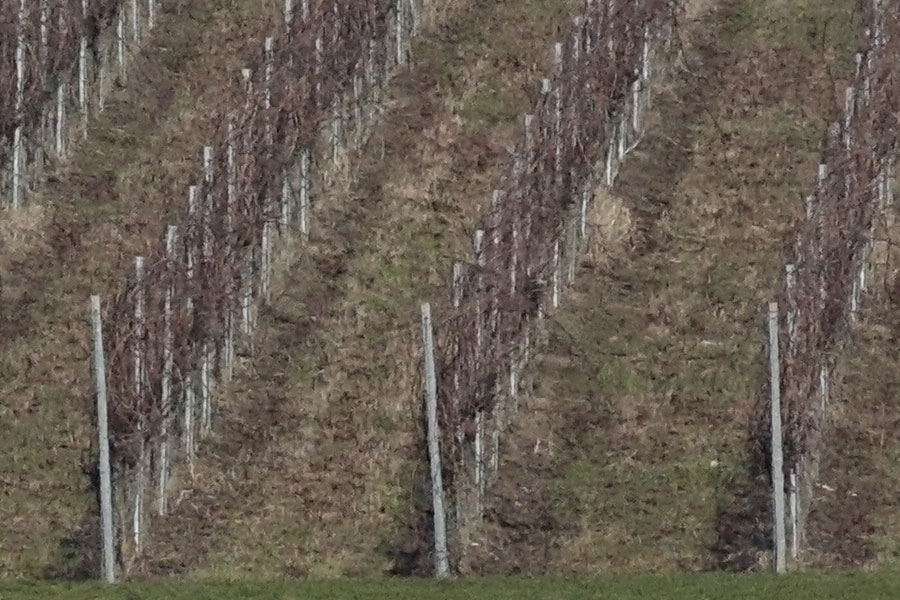 |
|
ISO 800 (original) |
ISO 800 (original) |
|
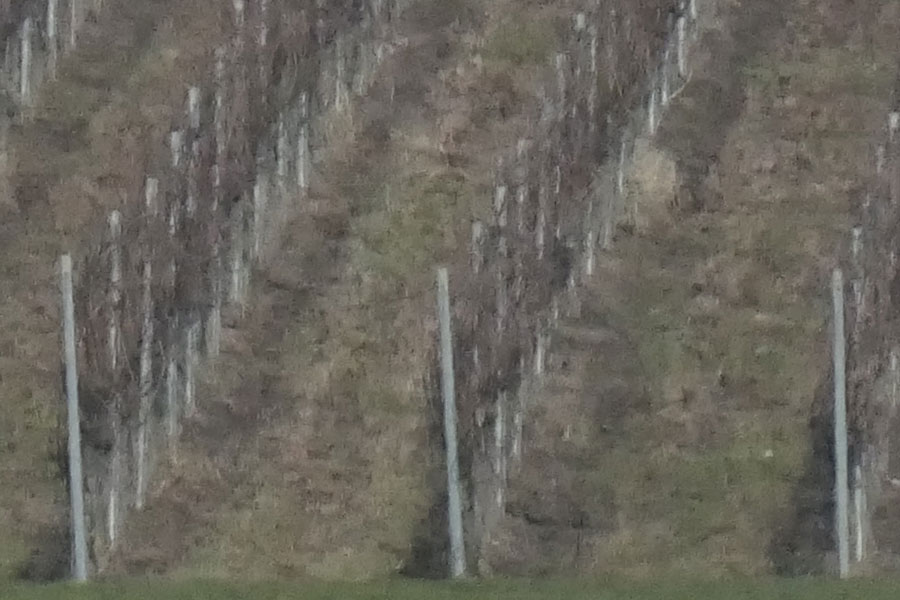 |
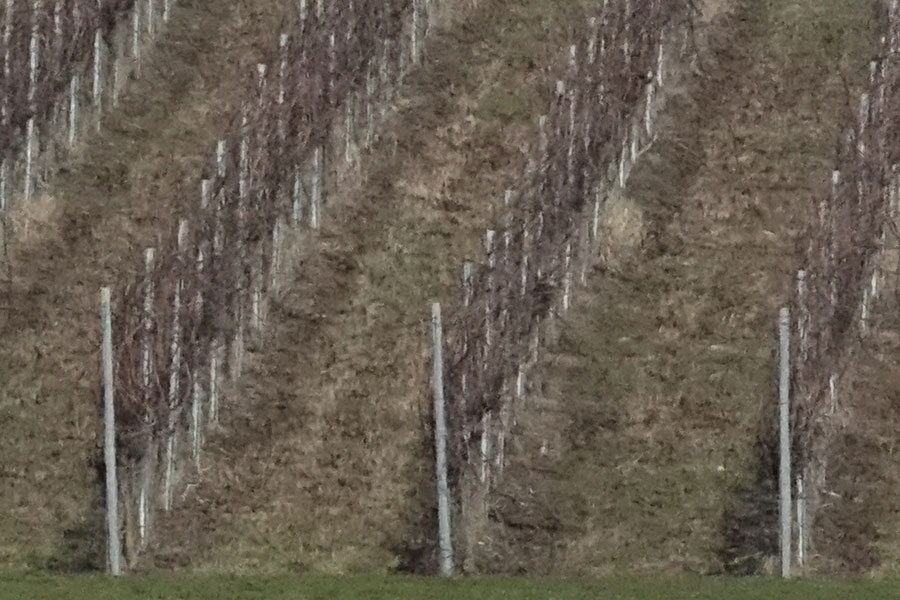 |
|
ISO 1600 (original) |
ISO 1600 (original) |
Section 3
Panasonic TZ202 |
Sony RX10 M3 |
|
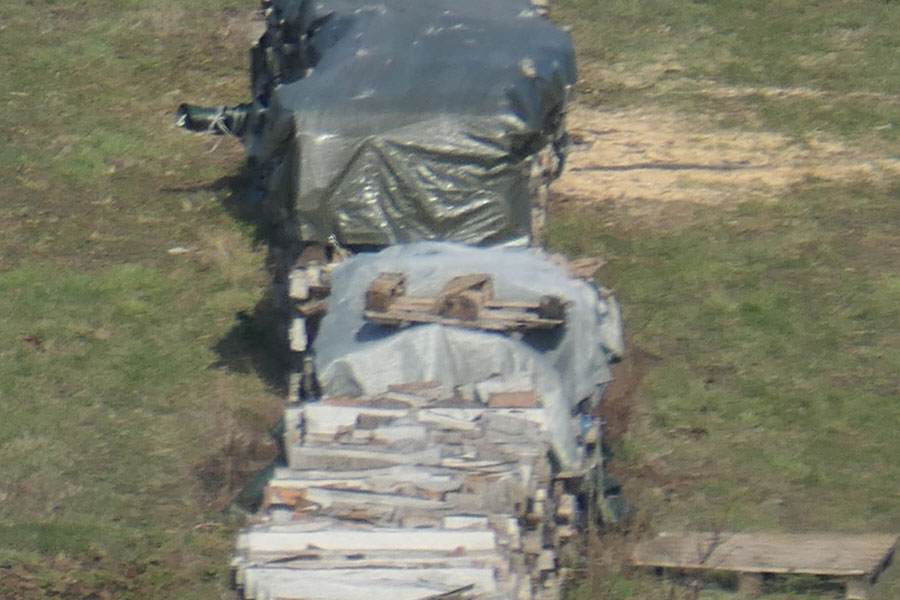 |
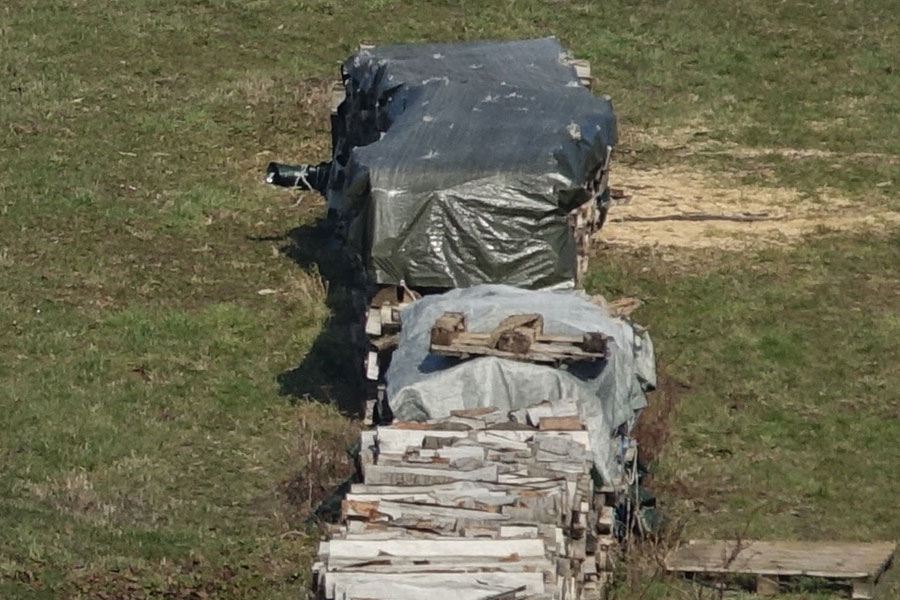 |
|
ISO 125 (original) |
ISO 125 (original) |
|
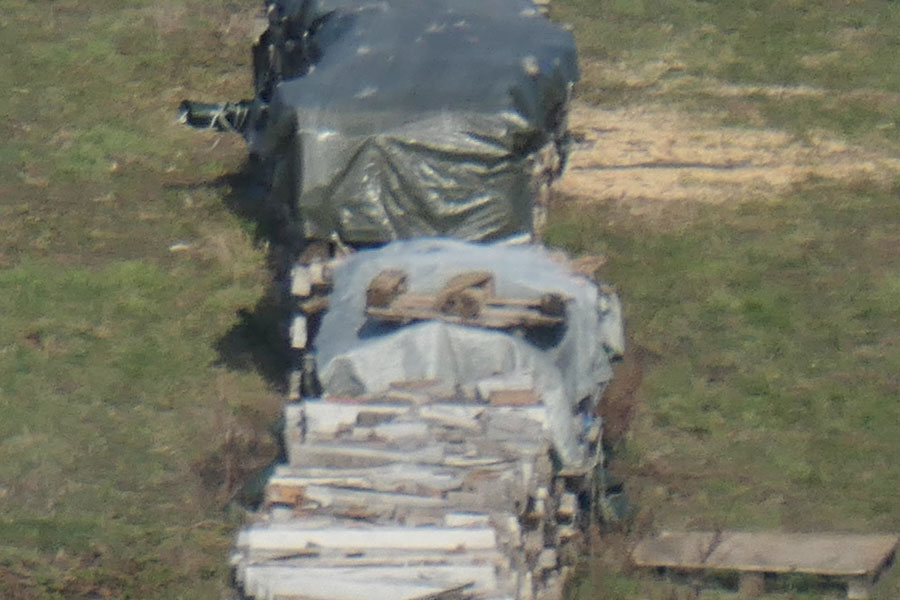 |
 |
|
ISO 200 (original) - somewhat fuzzy... |
ISO 200 (original) |
|
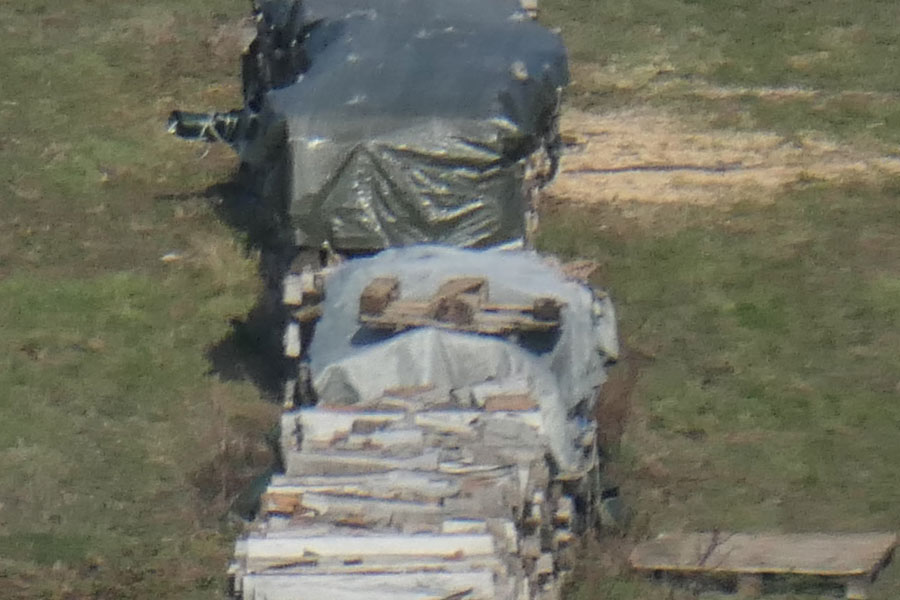 |
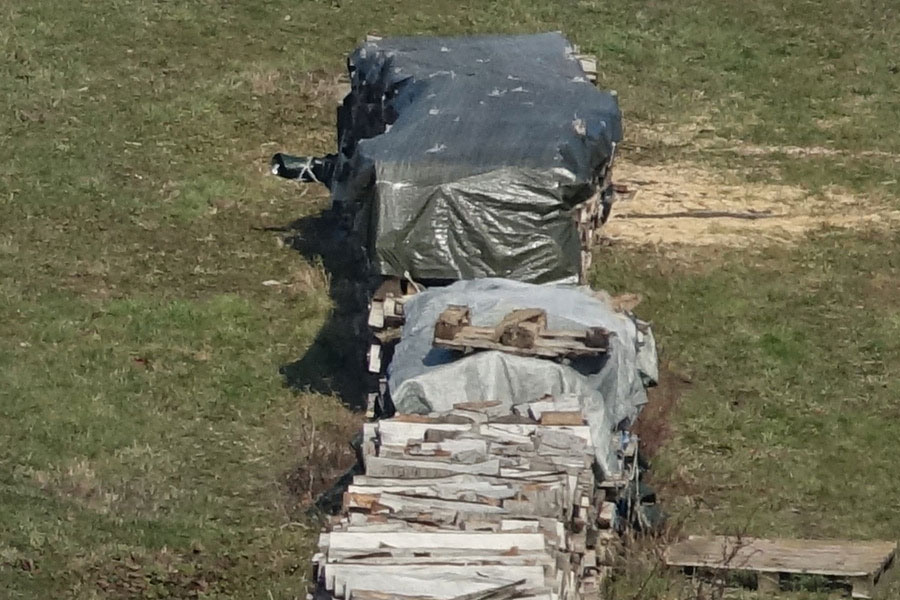 |
|
ISO 400 (original) |
ISO 400 (original) |
|
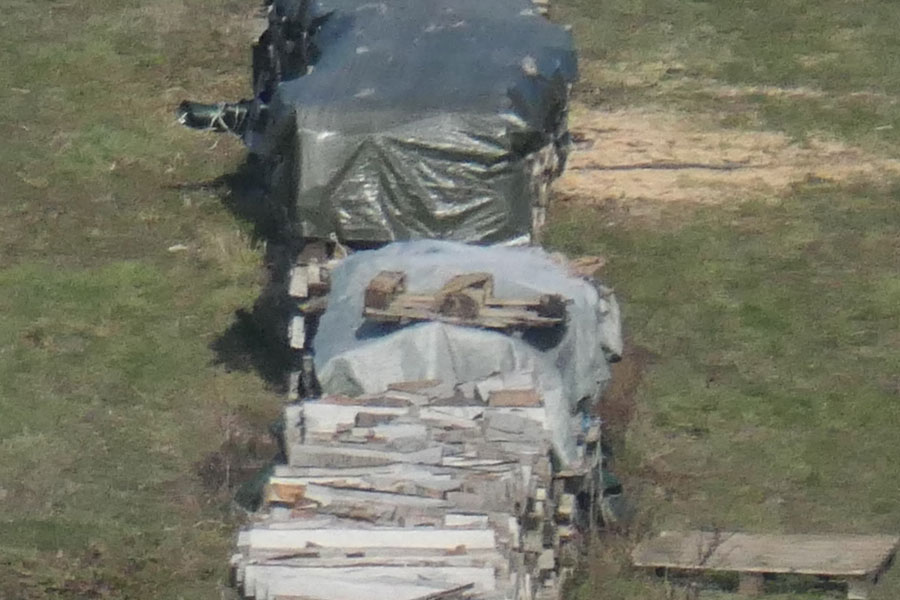 |
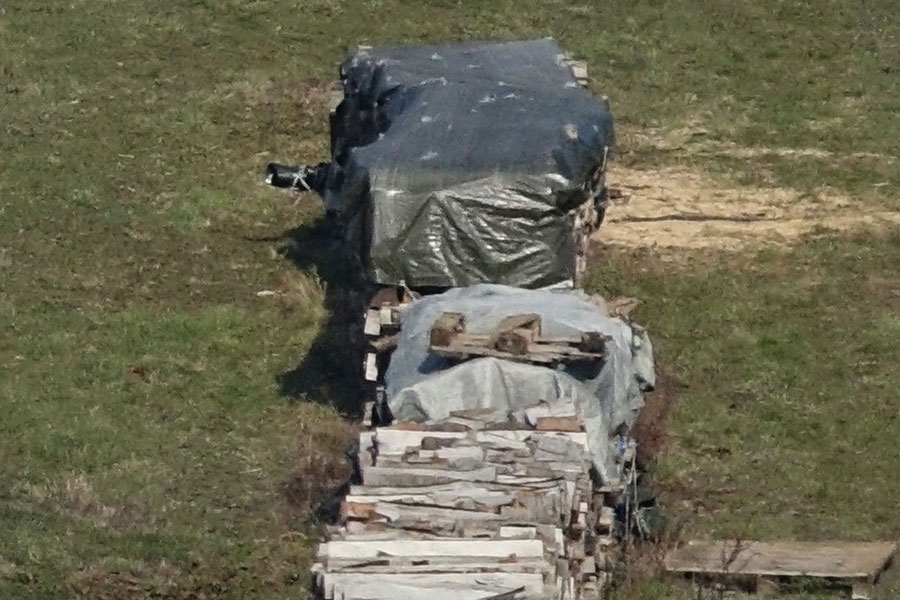 |
|
ISO 800 (original) |
ISO 800 (original) |
|
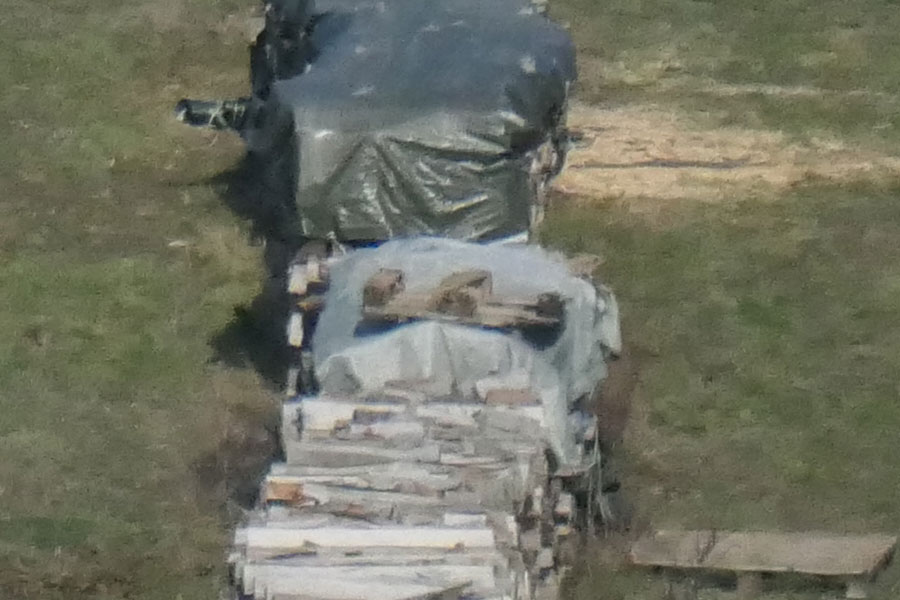 |
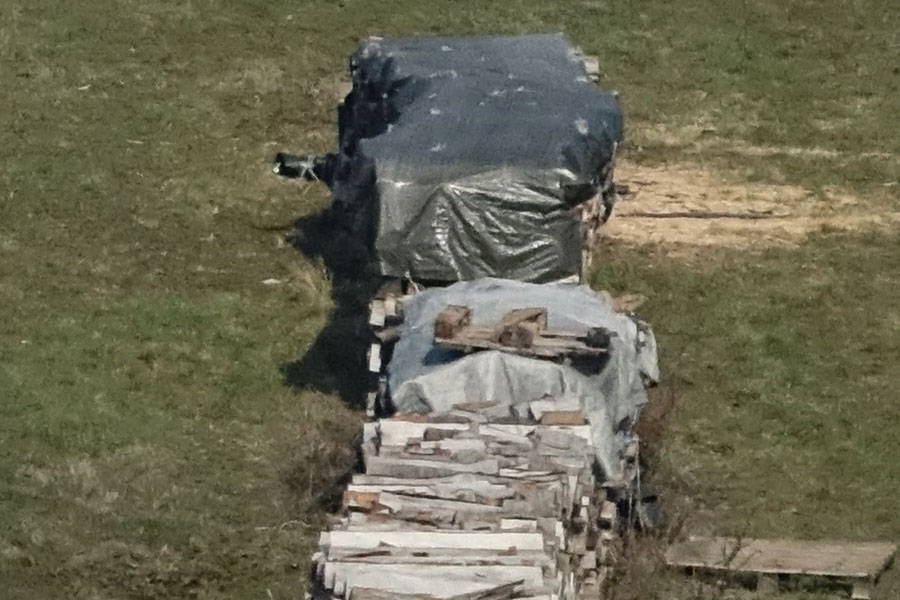 |
|
ISO 1600 (original) |
ISO 1600 (original) |
Test Photos - Photo Style = Contrast +2, Sharpness +2, Noise Reduction -5
Section 1
Panasonic TZ 202 |
Sony RX10 M3 |
|
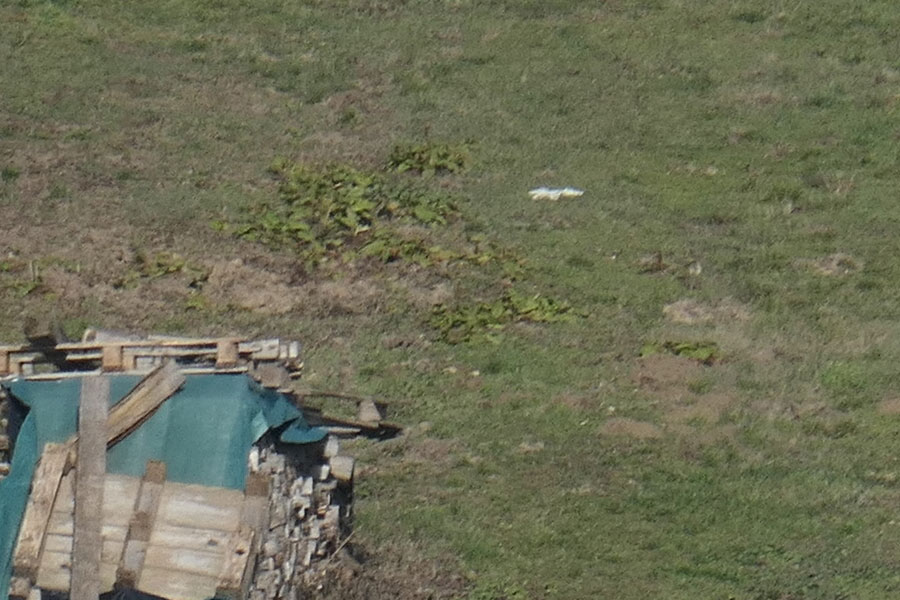 |
 |
|
ISO 125 (original) |
ISO 125 (original) |
|
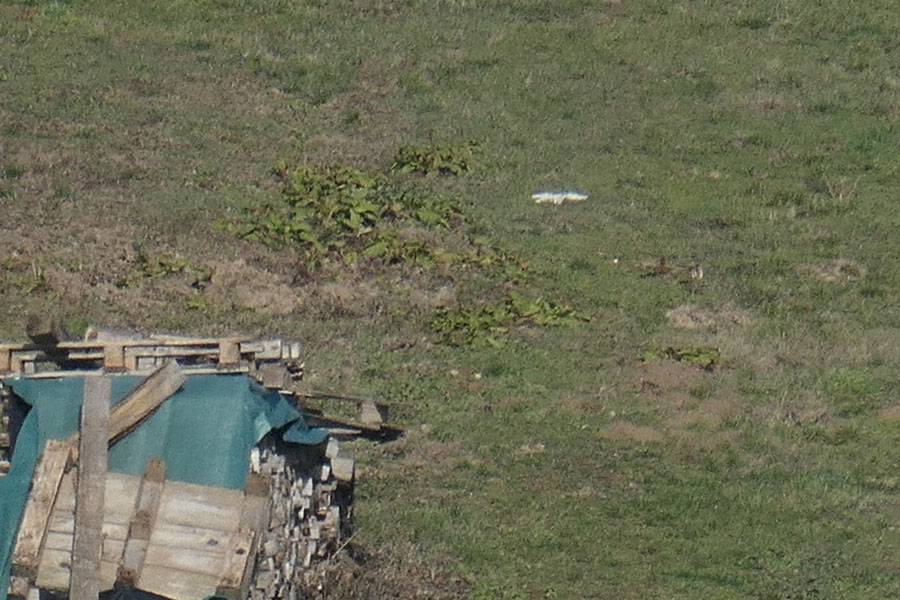 |
 |
|
ISO 200 (original) |
ISO 200 (original) |
|
 |
 |
|
ISO 400 (original) |
ISO 400 (original) |
|
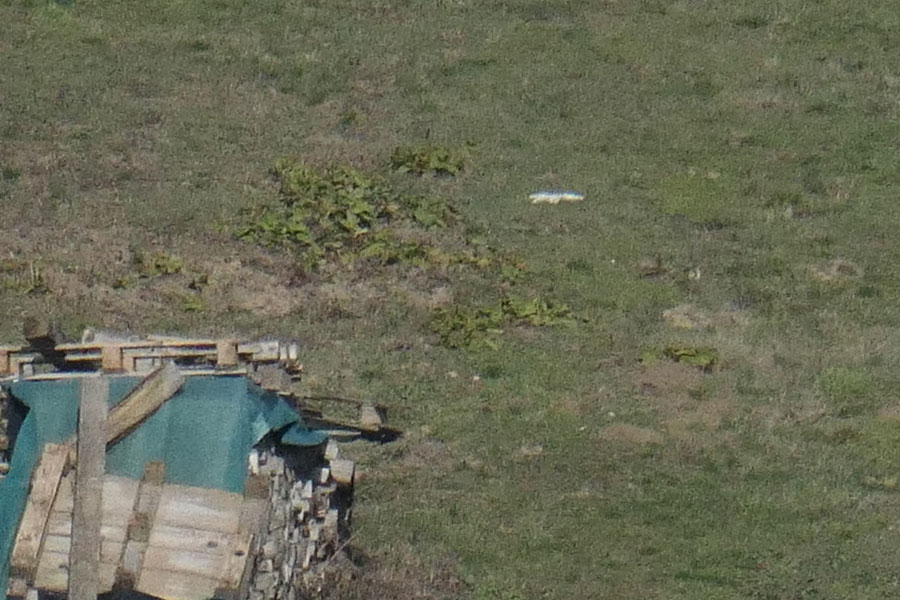 |
 |
|
ISO 800 (original) |
ISO 800 (original) |
|
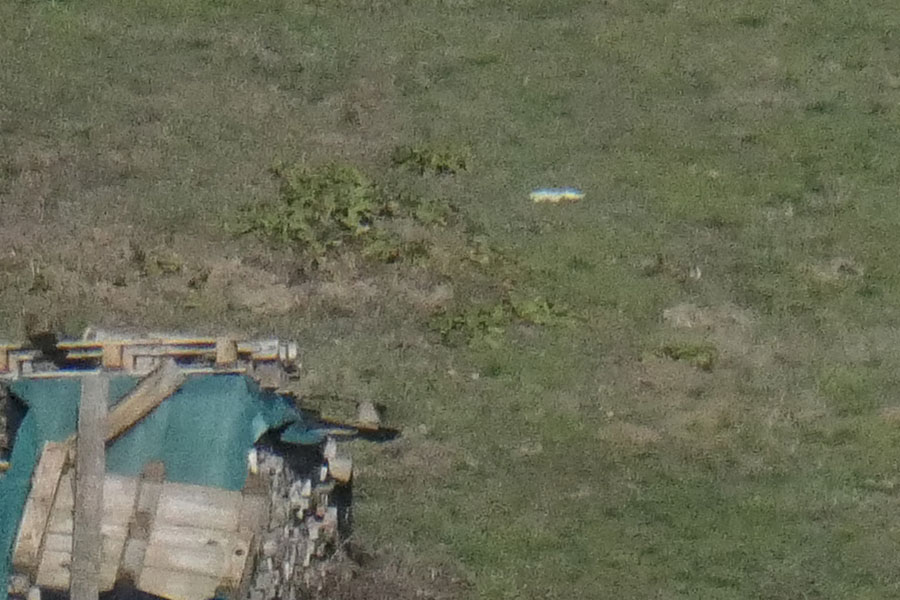 |
 |
|
ISO 1600 (original) |
ISO 1600 (original) |
Section 2
Panasonic TZ 202 |
Sony RX10 M3 |
|
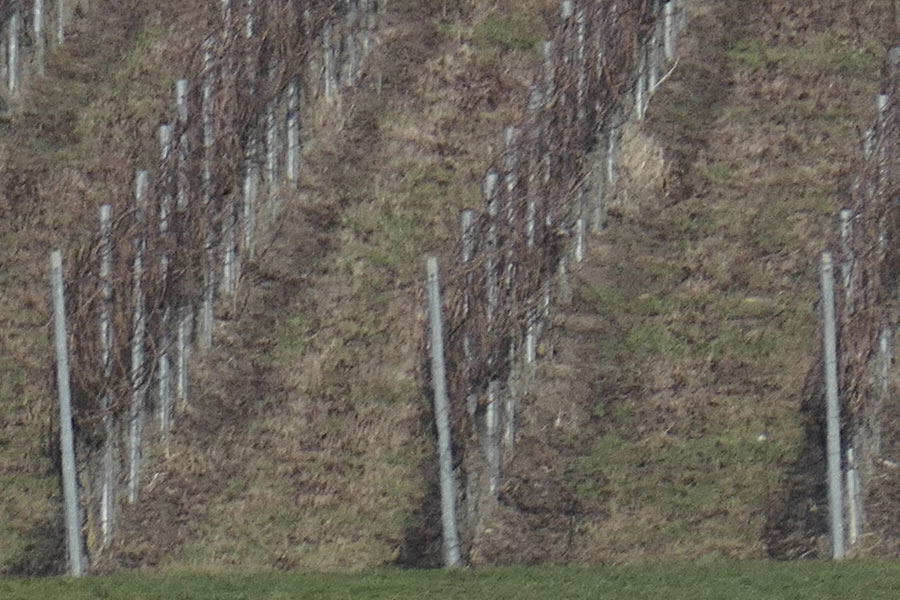 |
 |
|
ISO 125 (original) |
ISO 125 (original) |
|
 |
 |
|
ISO 200 (original) |
ISO 200 (original) |
|
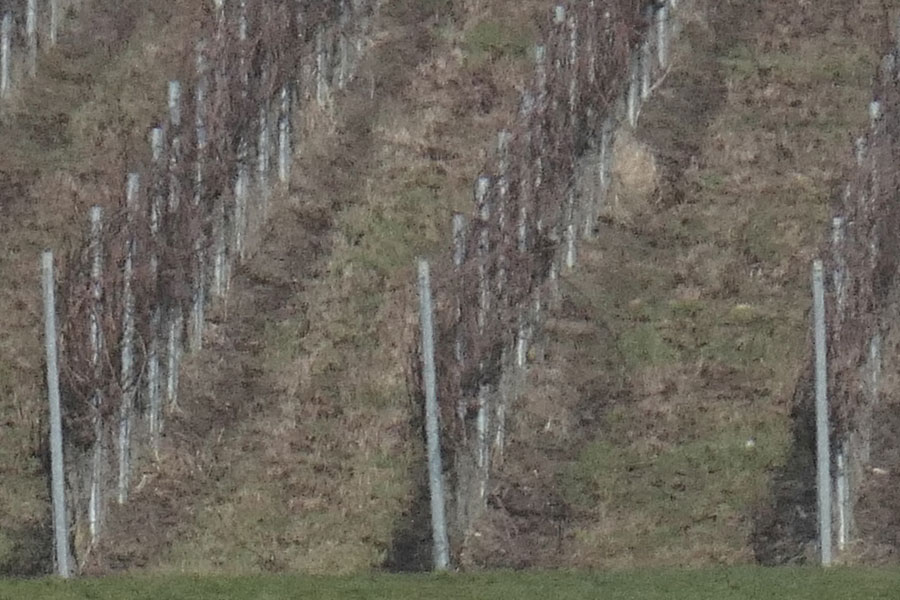 |
 |
|
ISO 400 (original) |
ISO 400 (original) |
|
 |
 |
|
ISO 800 (original) |
ISO 800 (original) |
|
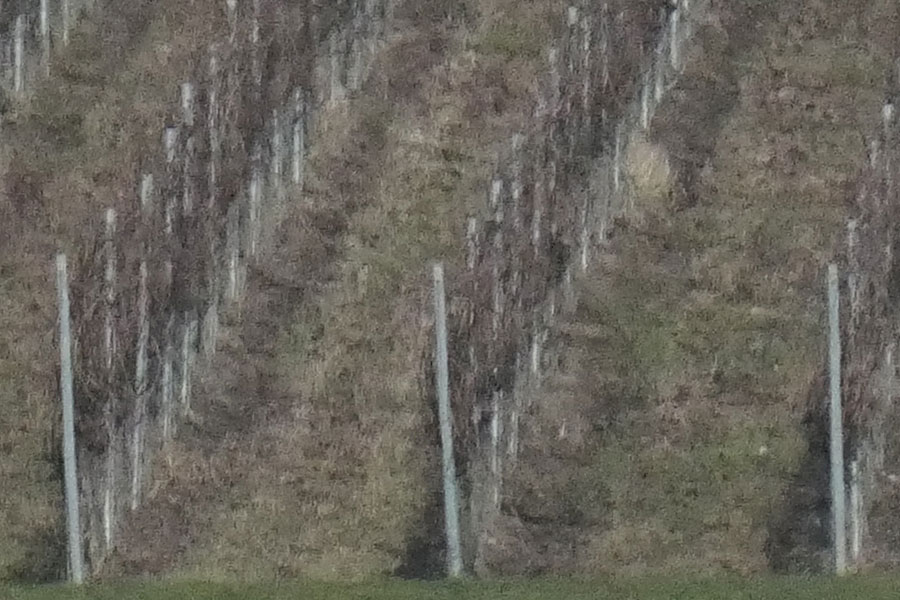 |
 |
|
ISO 1600 (original) |
ISO 1600 (original) |
Section 3
Panasonic TZ 202 |
Sony RX10 M3 |
|
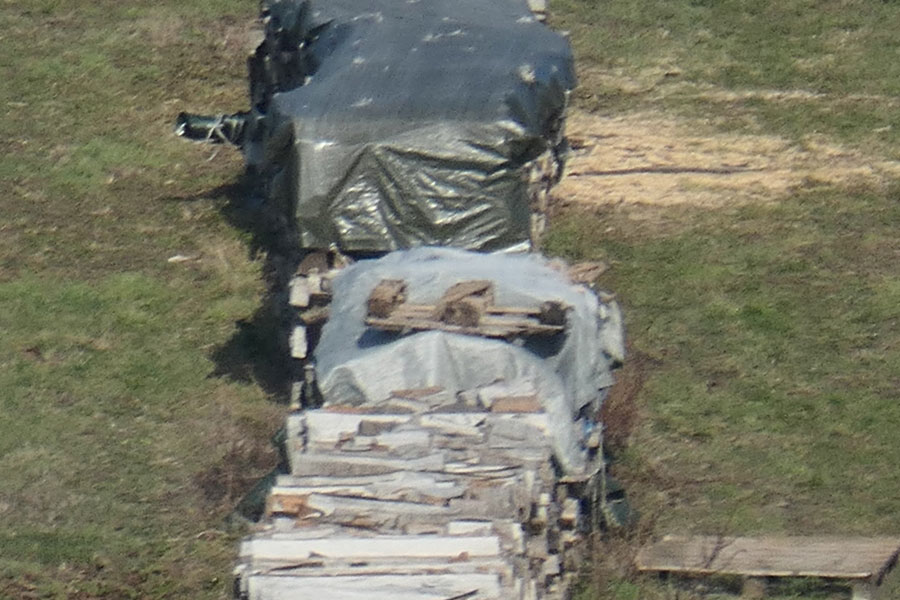 |
 |
|
ISO 125 (original) |
ISO 125 (original) |
|
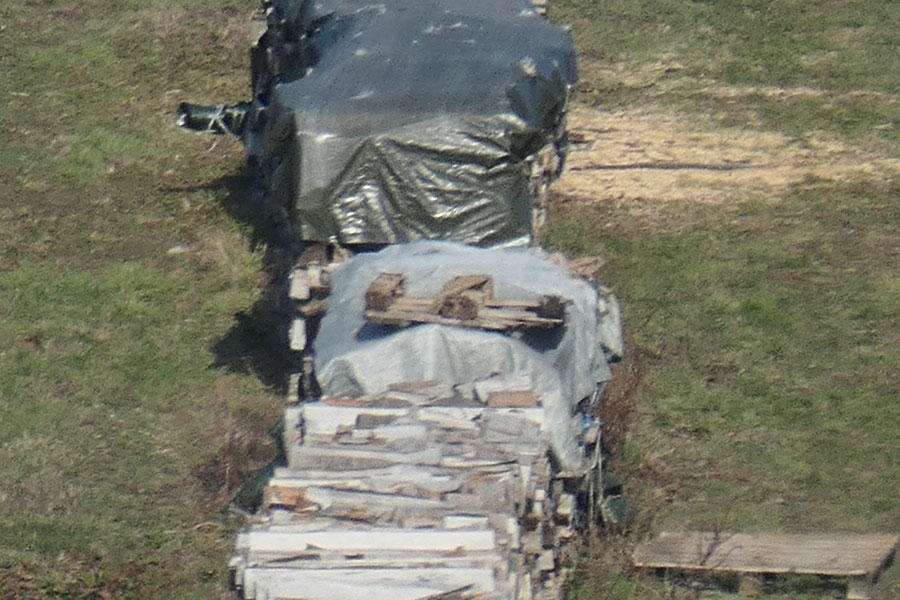 |
 |
|
ISO 200 (original) |
ISO 200 (original) |
|
 |
 |
|
ISO 400 (original) |
ISO 400 (original) |
|
 |
 |
|
ISO 800 (original) |
ISO 800 (original) |
|
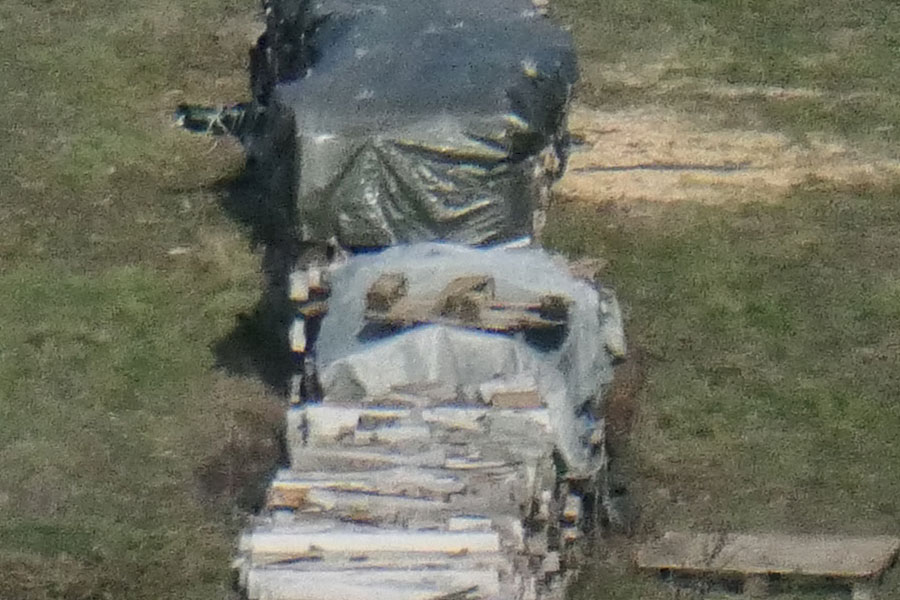 |
 |
|
ISO 1600 (original) |
ISO 1600 (original) |
Test Photos - Photo Style = Contrast +2, Sharpness +2, Noise Reduction -5, Autocontrast
The following photos are the same as in the previous section, but post-precessed with Autocontrast in Adobe Photoshop Elements. This makes the images look much better and more competitive with the ones of the Sony RX10 M3. I decided to post-process the latter using "Autocontrast" as well for fairness reasons, although this introduced a yellow cast into the RX10 M3 images...
Section 1
Panasonic TZ 202 |
Sony RX10 M3 |
|
 |
 |
|
ISO 125 (original) |
ISO 125 (original) |
|
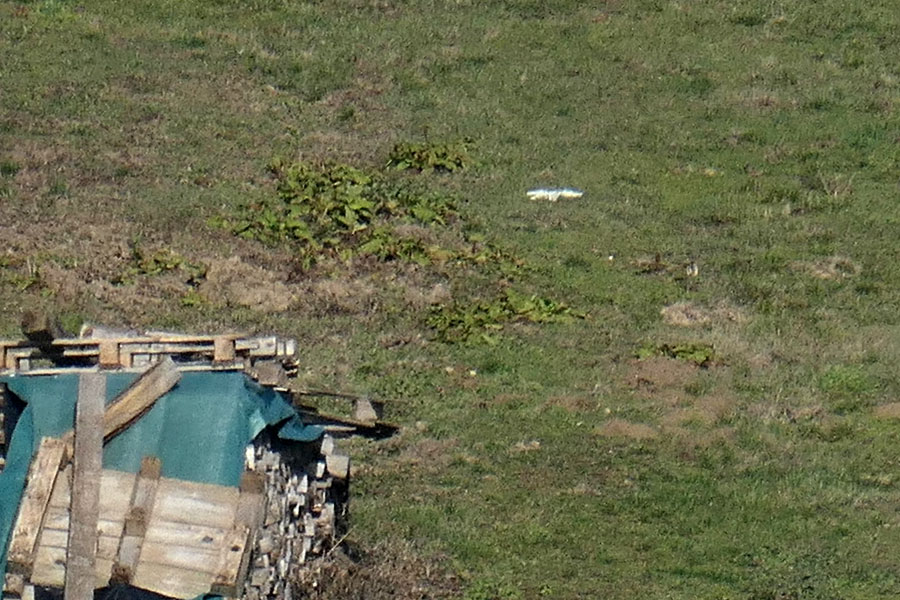 |
 |
|
ISO 200 (original) |
ISO 200 (original) |
|
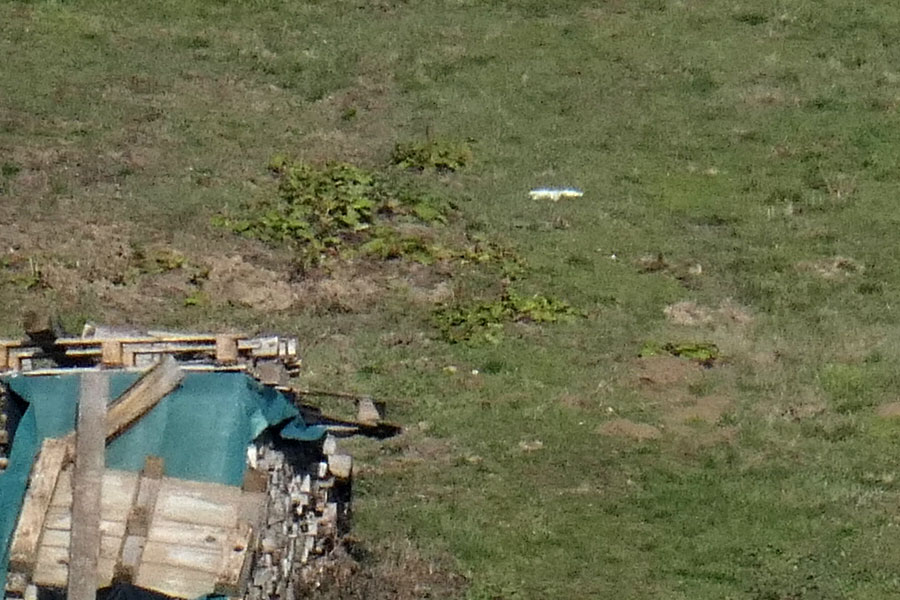 |
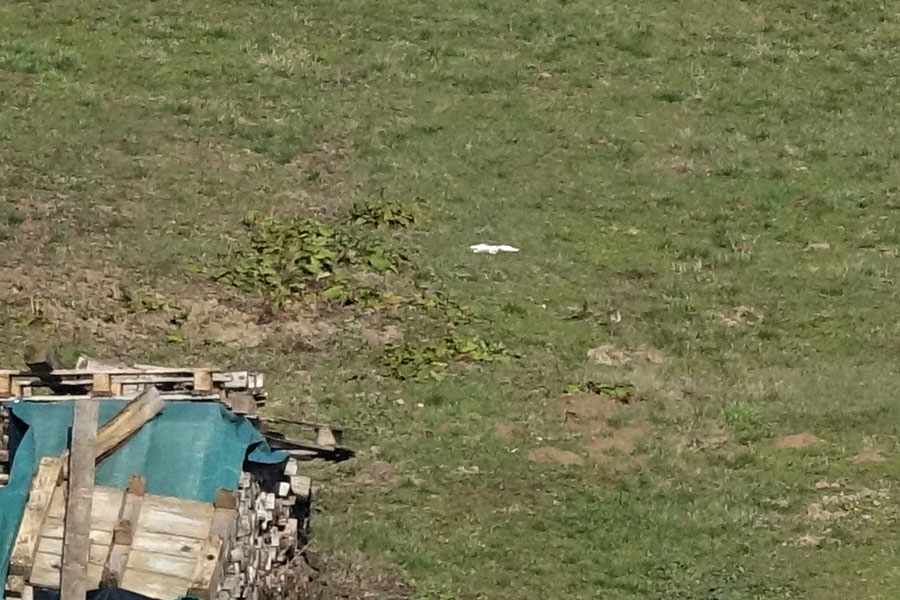 |
|
ISO 400 (original) |
ISO 400 (original) |
|
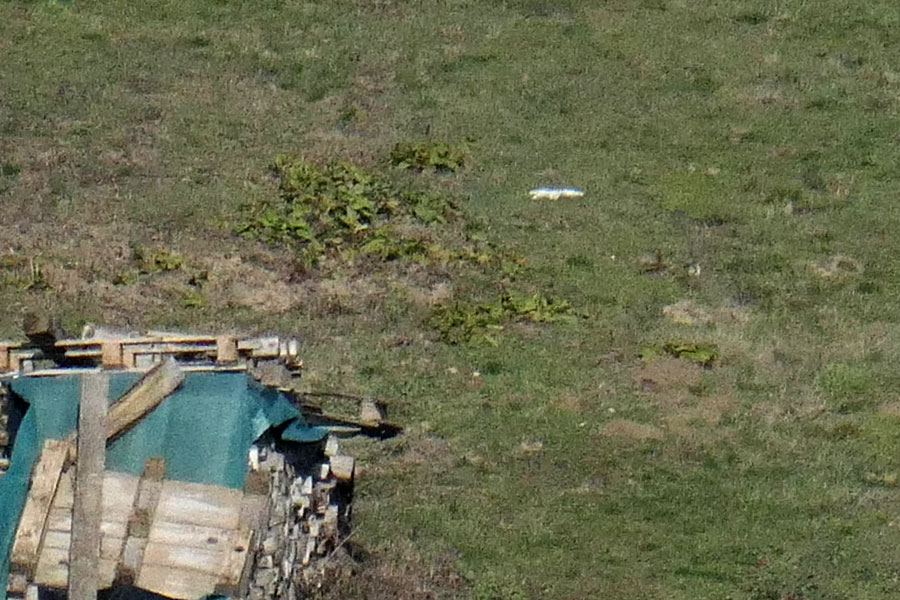 |
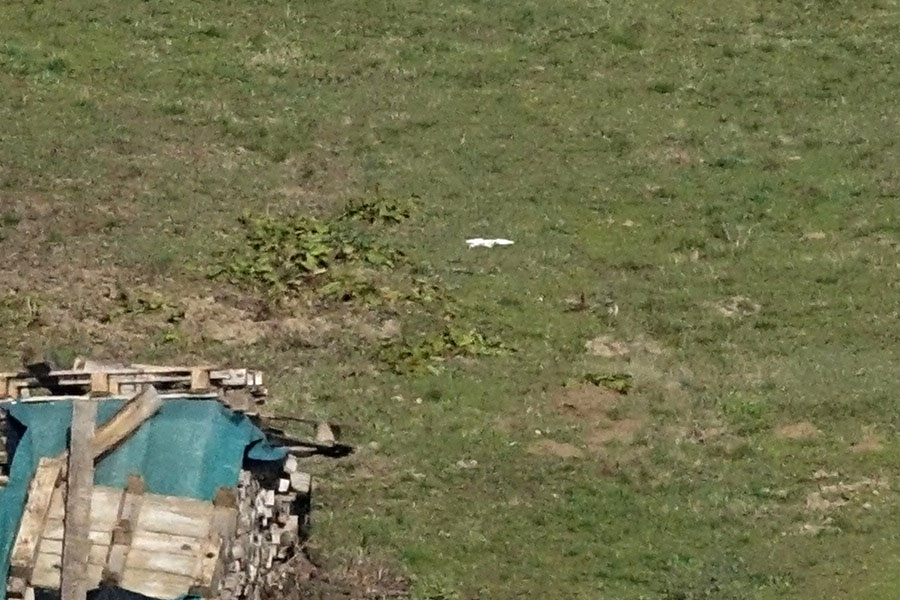 |
|
ISO 800 (original) |
ISO 800 (original) |
|
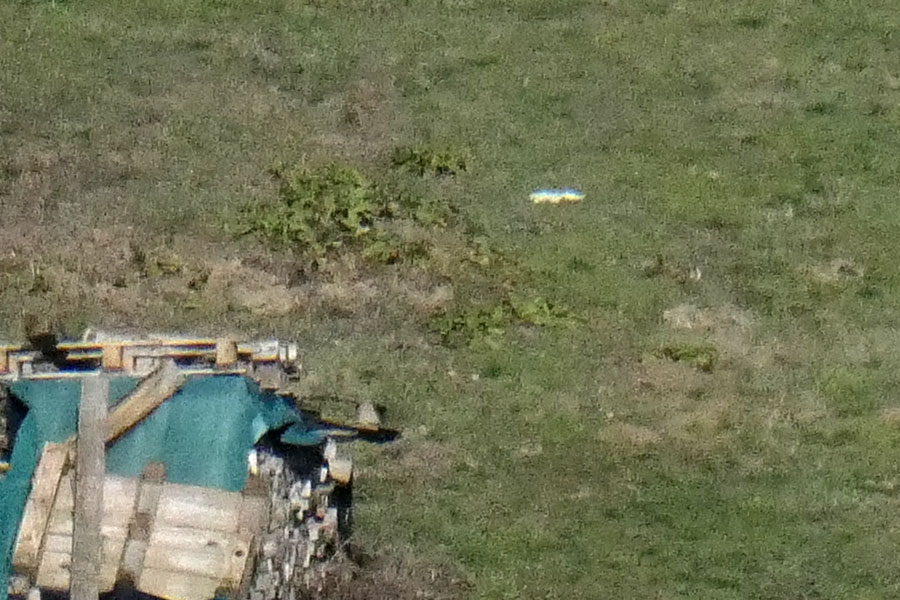 |
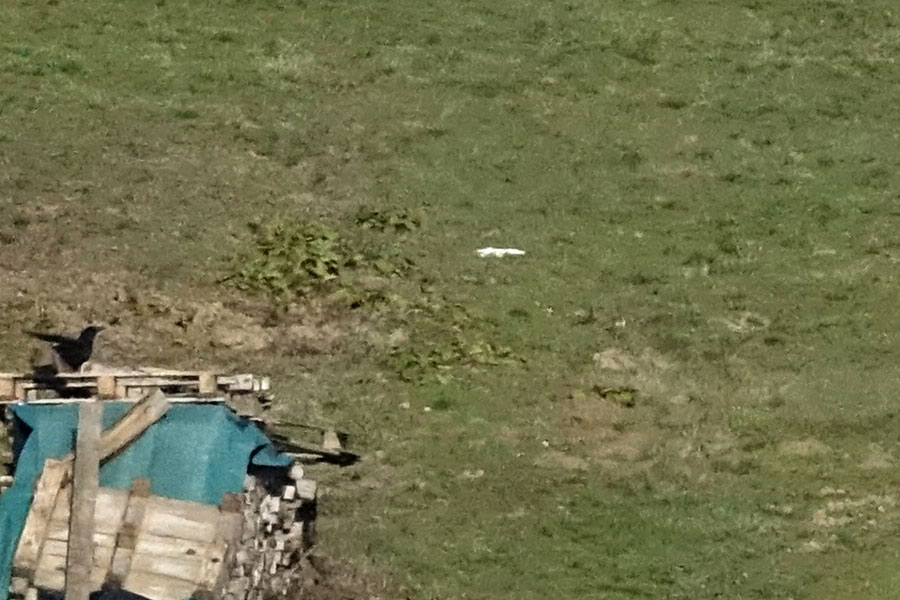 |
|
ISO 1600 (original) |
ISO 1600 (original) |
Section 2
Panasonic TZ 202 |
Sony RX10 M3 |
|
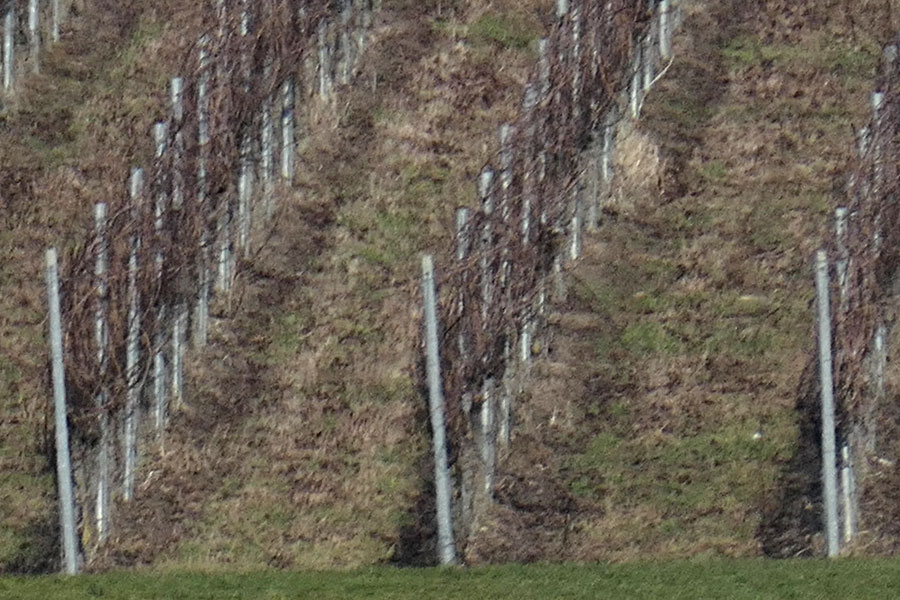 |
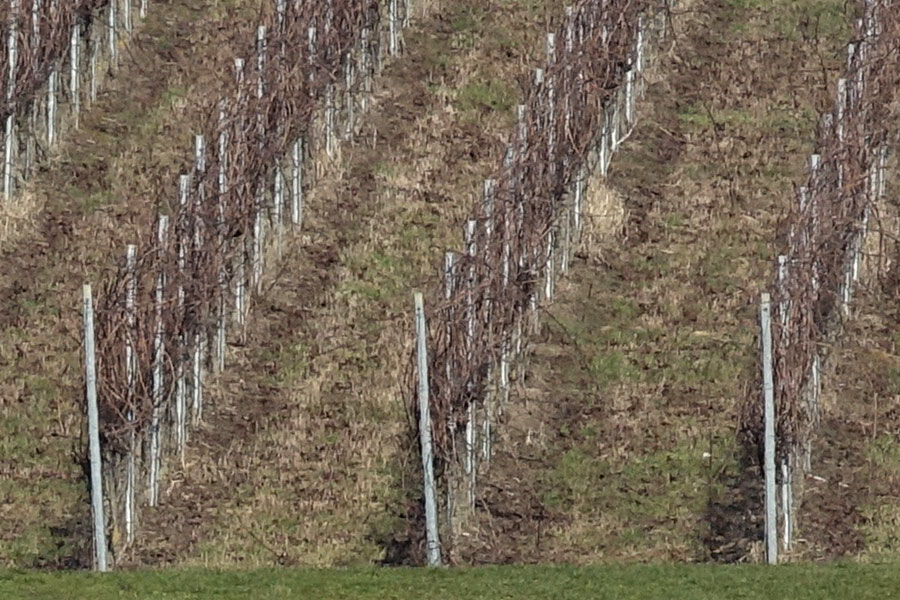 |
|
ISO 125 (original) |
ISO 125 (original) |
|
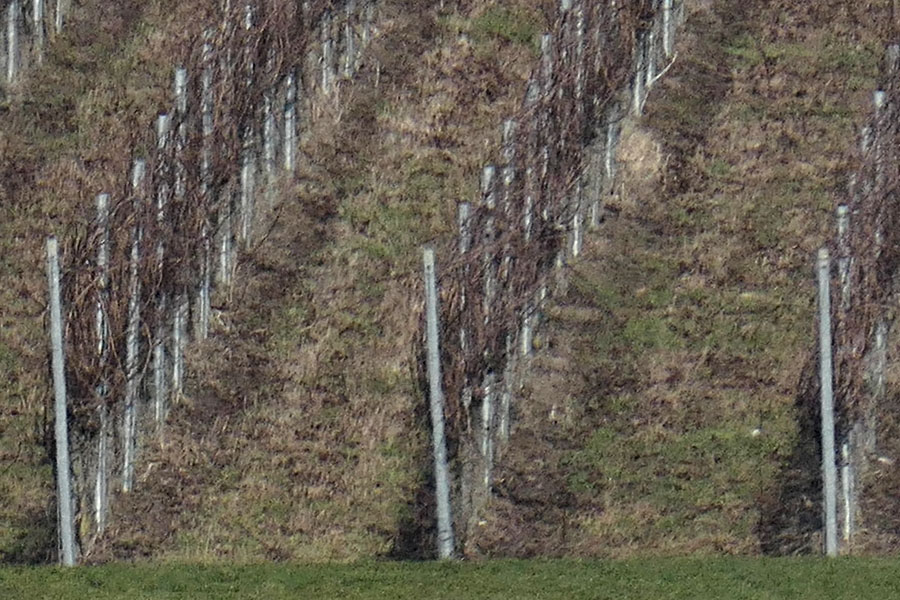 |
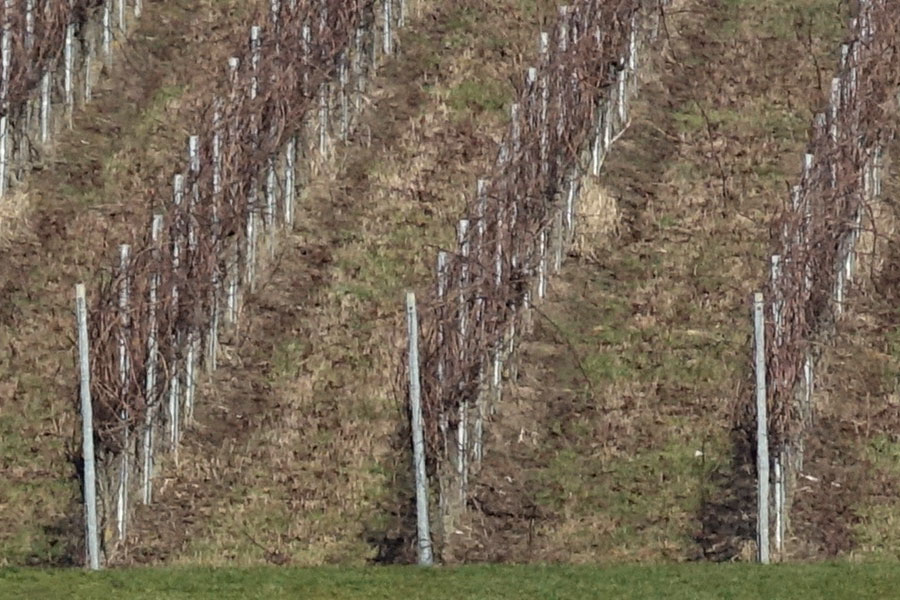 |
|
ISO 200 (original) |
ISO 200 (original) |
|
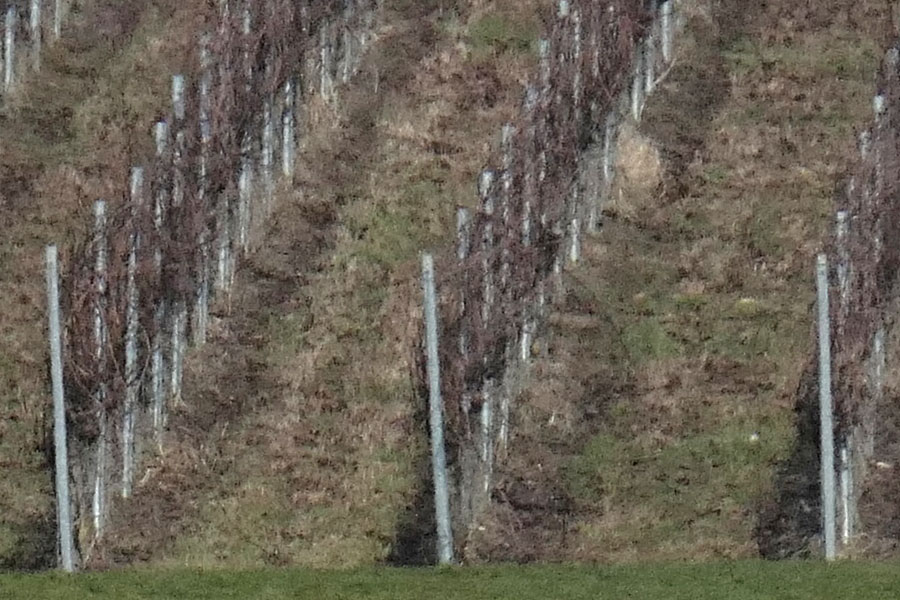 |
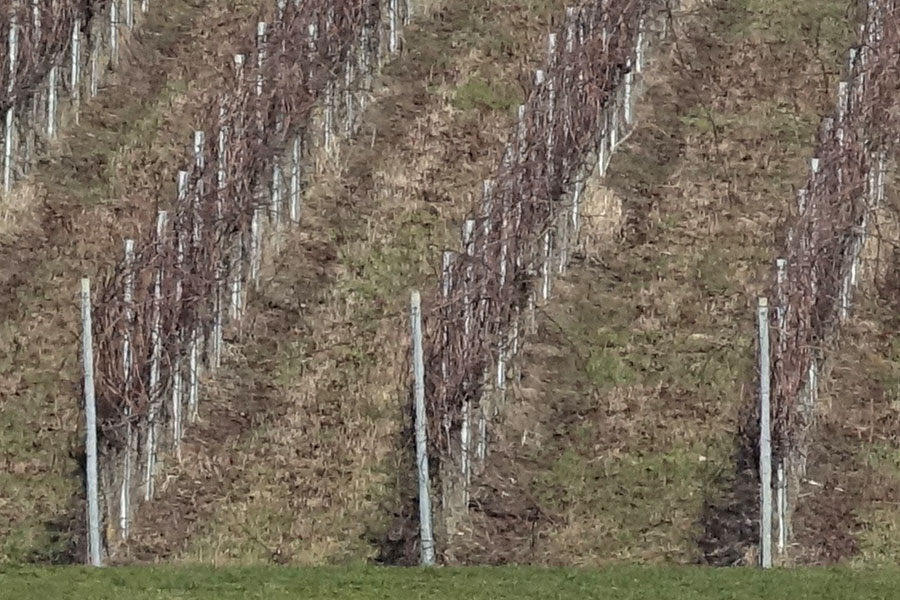 |
|
ISO 400 (original) |
ISO 400 (original) |
|
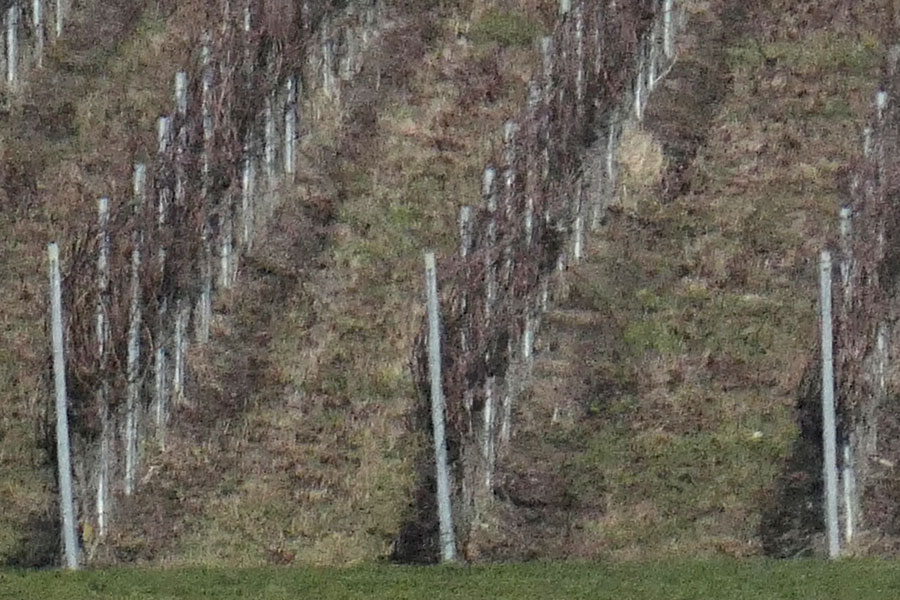 |
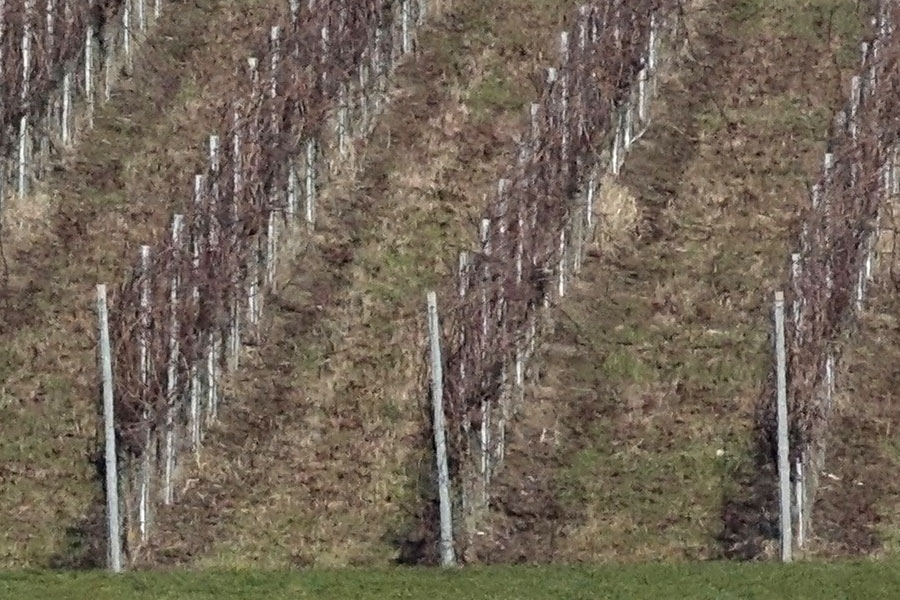 |
|
ISO 800 (original) |
ISO 800 (original) |
|
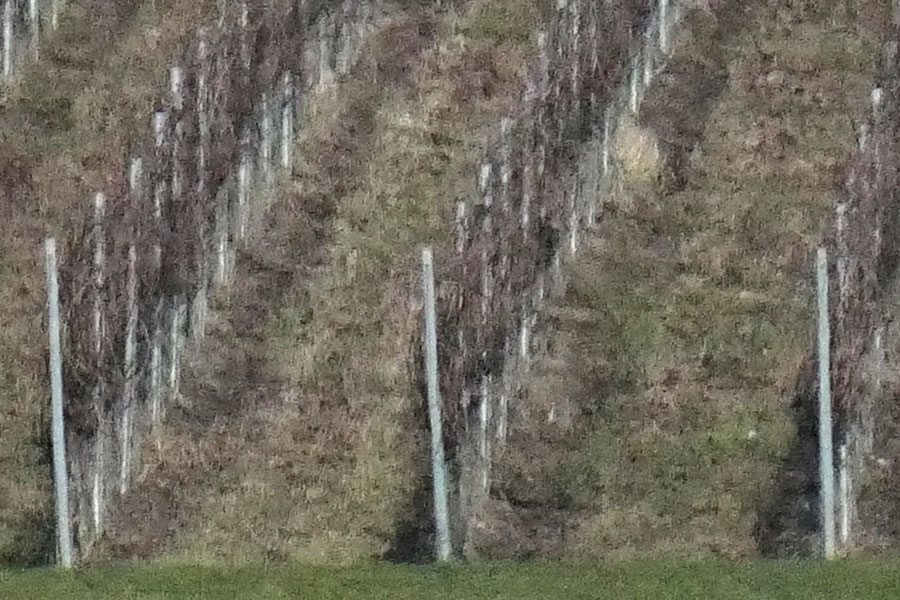 |
 |
|
ISO 1600 (original) |
ISO 1600 (original) |
Section 3
Panasonic TZ 202 |
Sony RX10 M3 |
|
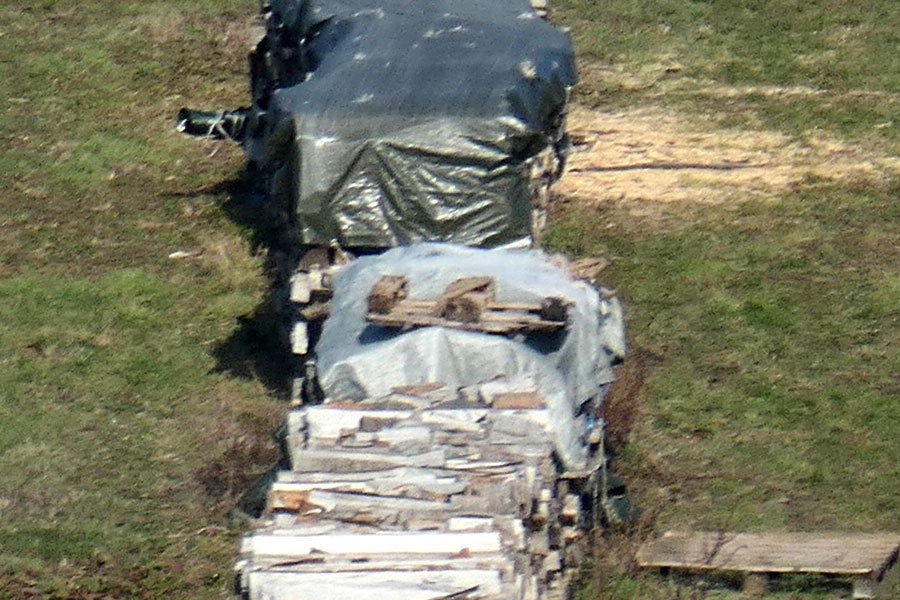 |
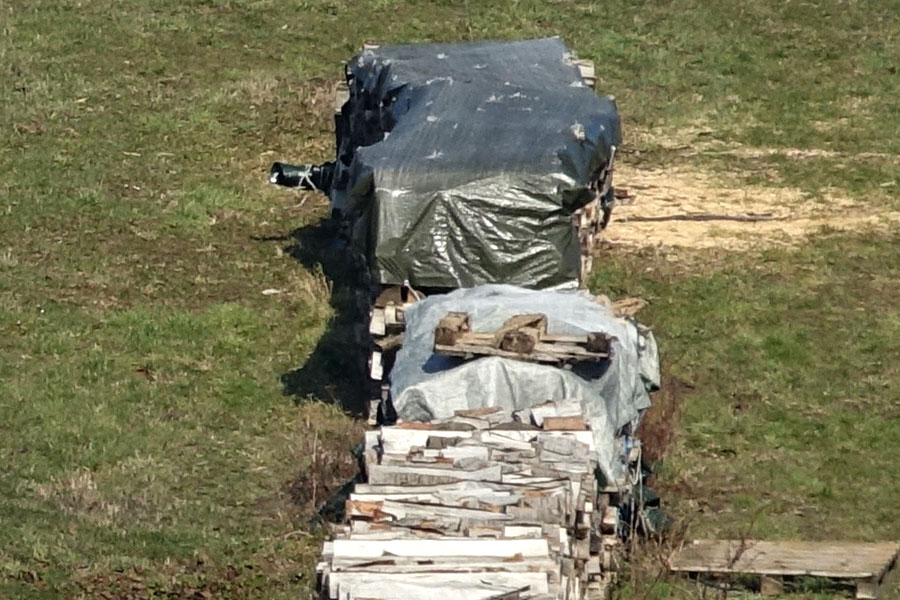 |
|
ISO 125 (original) |
ISO 125 (original) |
|
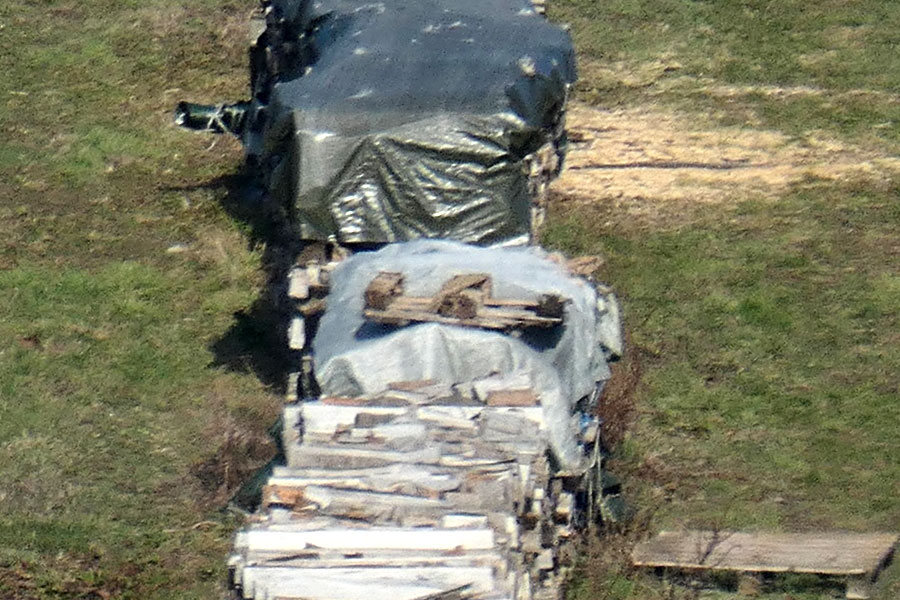 |
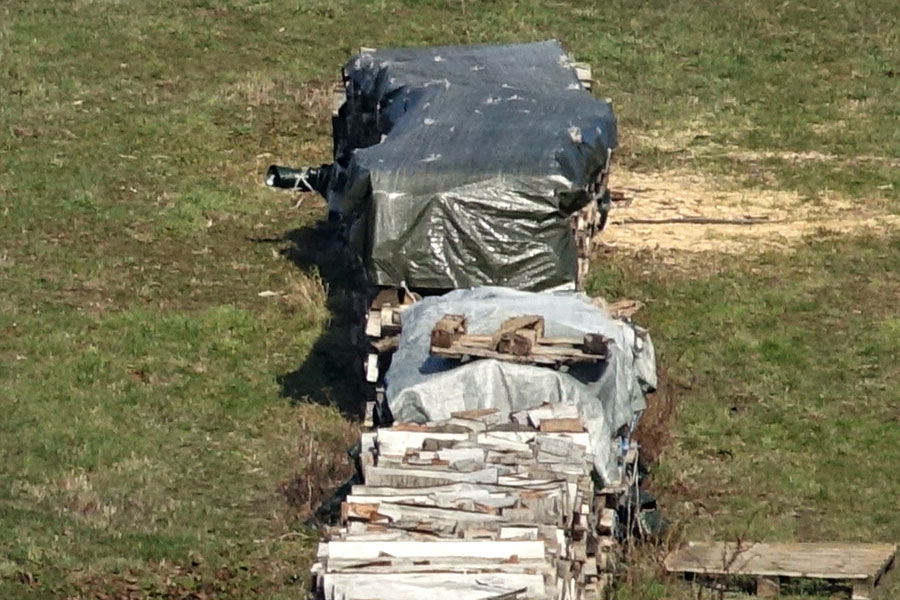 |
|
ISO 200 (original) |
ISO 200 (original) |
|
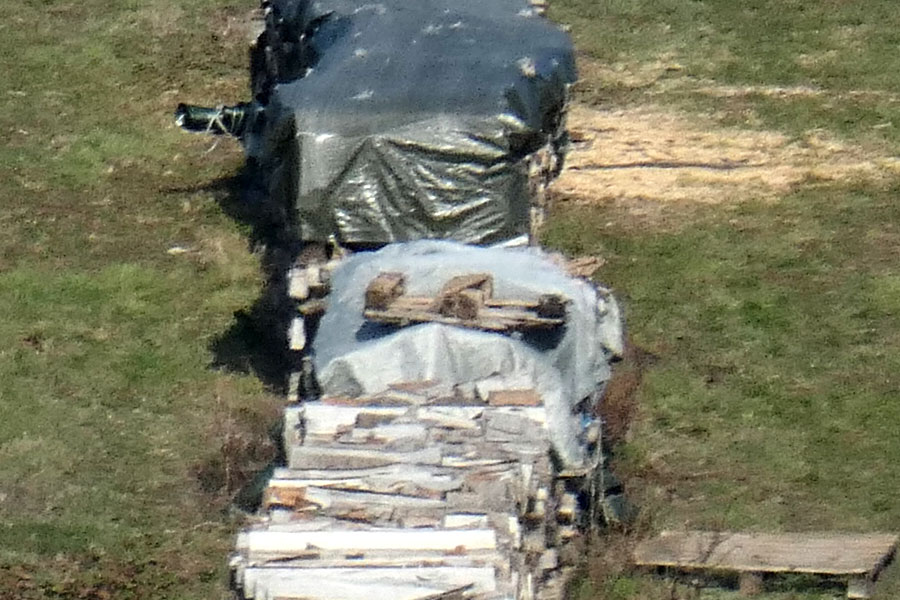 |
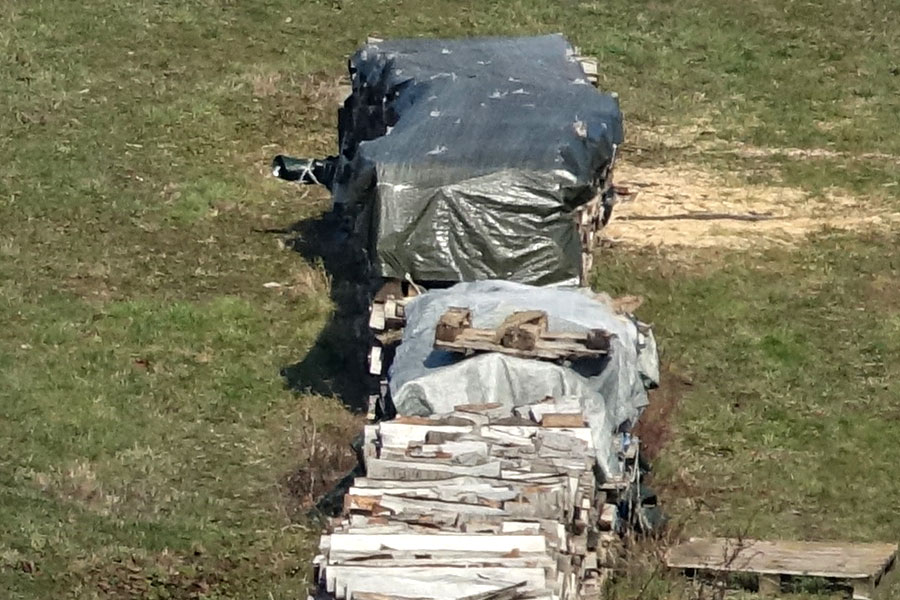 |
|
ISO 400 (original) |
ISO 400 (original) |
|
 |
 |
|
ISO 800 (original) |
ISO 800 (original) |
|
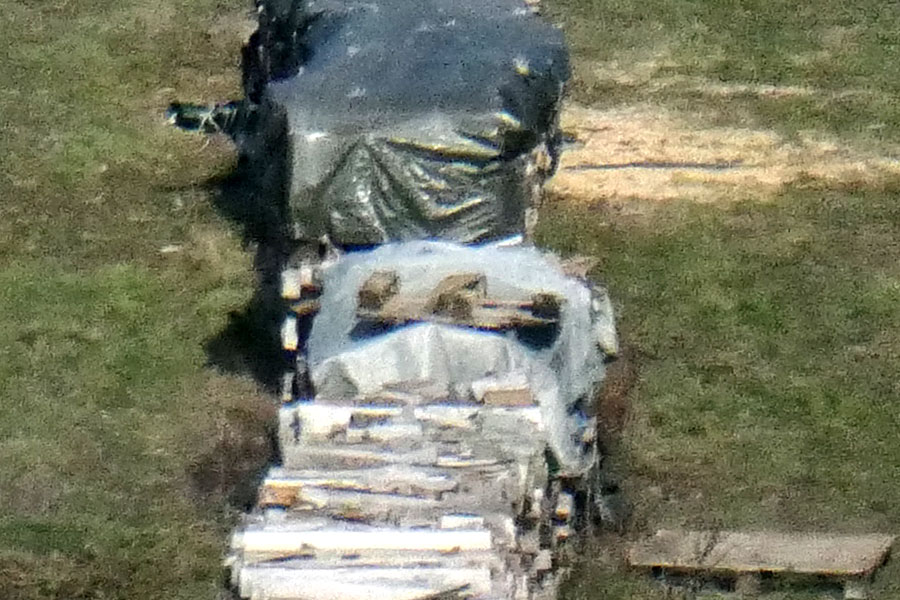 |
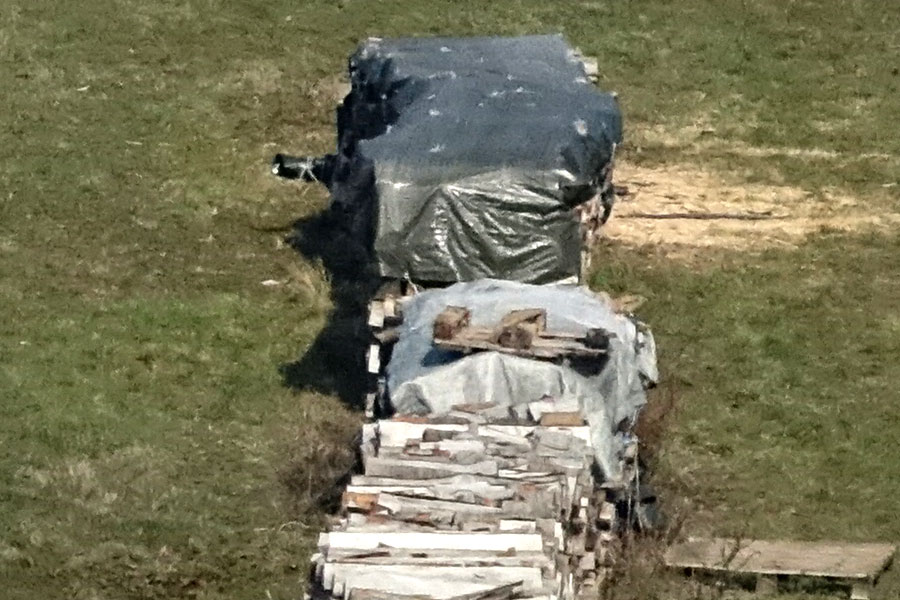 |
|
ISO 1600 (original) |
ISO 1600 (original) |
Conclusions
The test photos on this page are no "scientific work" and should have been done with a tripod and perhaps with manual focus.
When the Panasonic TZ202 is set to Photo Style = Standard, the results look like a disaster to me, particularly compared with the results of the Sony RX10 M3. Nevertheless, author Frank Späth recommends using these settings. I think, the comparison speaks for itself, and I do not want to add any comments on this... Or just one remark: with such a strong noise reduction you need not engage in discussions about the quality of the lens...
Changed Photo Style Settings (TZ202)
With my changed Photo Style settings (contrast +2, sharpness +2, noise reduction -5 ), the TZ202 images are more "competitive," although I would say that the TZ202 is always about one EV (or ISO value) "behind" the RX10 M3. The TZ202 images look OK up to ISO 400, the RX10 M3 ones up to ISO 800. One more ISO step looks acceptable for both cameras (ISO 800 for the TZ202 and ISO 1600 for the RX10 M3).
Autocontrast
With some effort in post-processing, it may perhaps be possible to improve the TZ202 images even further. I found, for example, that applying Autocontrast to the TZ202 images made my test photos with the TZ202 a lot more attractive. For fairness reasons, I applied Autocontrast to the RX10 M3 images as well and found that they now tend to show some sharpening artifacts when you take a "closer" look. So, download the original files, fiddle around with them, and then compare the results! Anyway, as always, there is no "black" and "white"...
Grain (TZ202)
As a result of turning noise reduction more or less "off" (-5), the TZ202 images look somewhat grainy, particularly at higher ISO values. Perhaps, a noise reduction value of -3 or -4 might lead to better, that is, less grainy, results. On the other hand, the noise reduction may already be too strong with these values. Perhaps, I may check this one day...
Objects
My test also shows that the results depend very much on the object that you photograph. This makes comparisons like this one difficult and hard to generalize. For some objects, the strong noise reduction of the TZ202 in standard mode may be acceptable (or differences are hard to find...), in other cases they are "washed away" and lost forever... While I agree with author Frank Späth that positive values for contrast and sharpness may not be good for post-processing, I do not agree with him that the default noise reduction setting (0) is a good idea. With this setting, details are discarded aggressively and cannot by recovered by post-processing (actually, Späth recommends a negative noise reduction value if one plans to use post-processing, but usually, I do not decide in before-hand, whether I want to post-process my images; instead, this depends on the outcome for me...).
References
- Frank Späth (2018). Lumix TZ202 - Das Buch zur Kamera. Point of Sale Verlag (ISBN-13: 978-3941761704).
- Alexander S. White (2016). Photographer’s Guide to the Sony DSC-RX10 III. White Knight Press, Henrico, Virginia (ISBN: 978-1-937986-54-4 (paperback), 978-1-937986-55-1 (ebook))
- Henning Fuchs (2016). Sony RX10 III - Die fehlende Anleitung. Amazon CreateSpace Independent Publishing (ISBN: 978-1537703459 (paperback)).
| 27.02.2019 |
